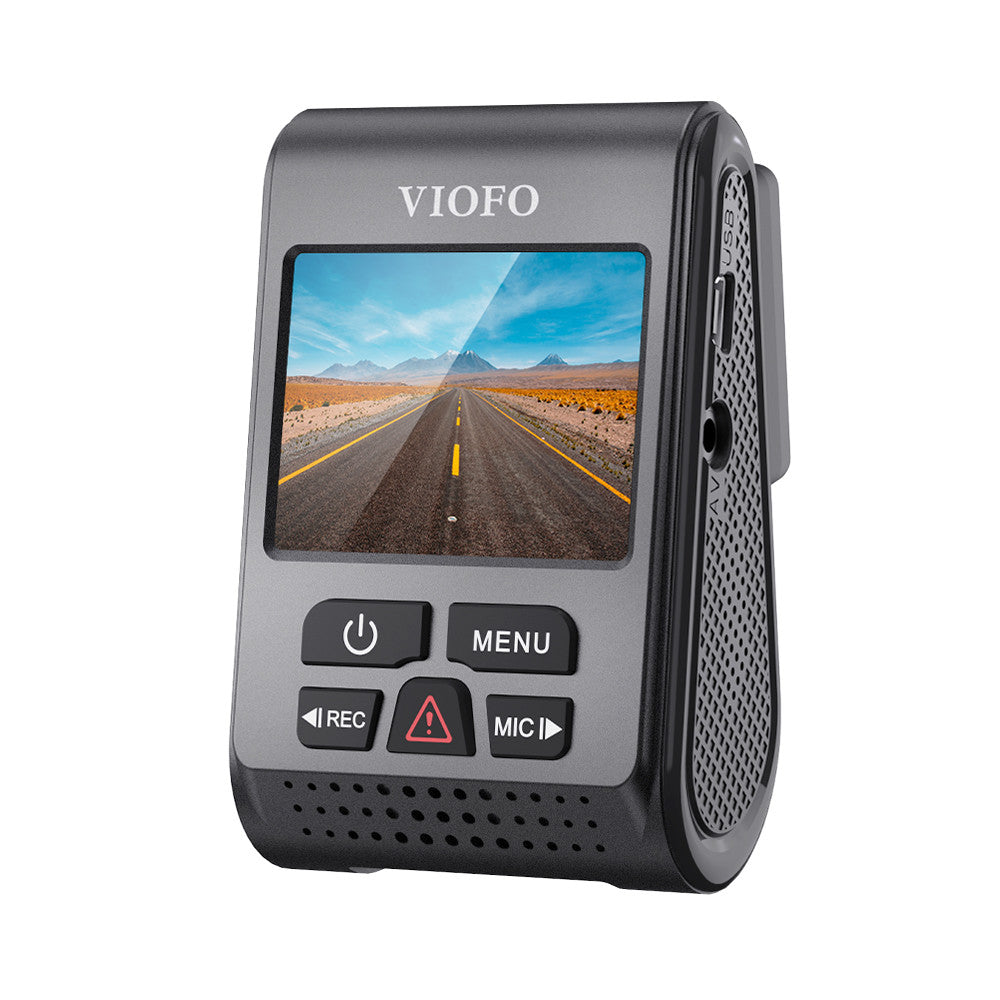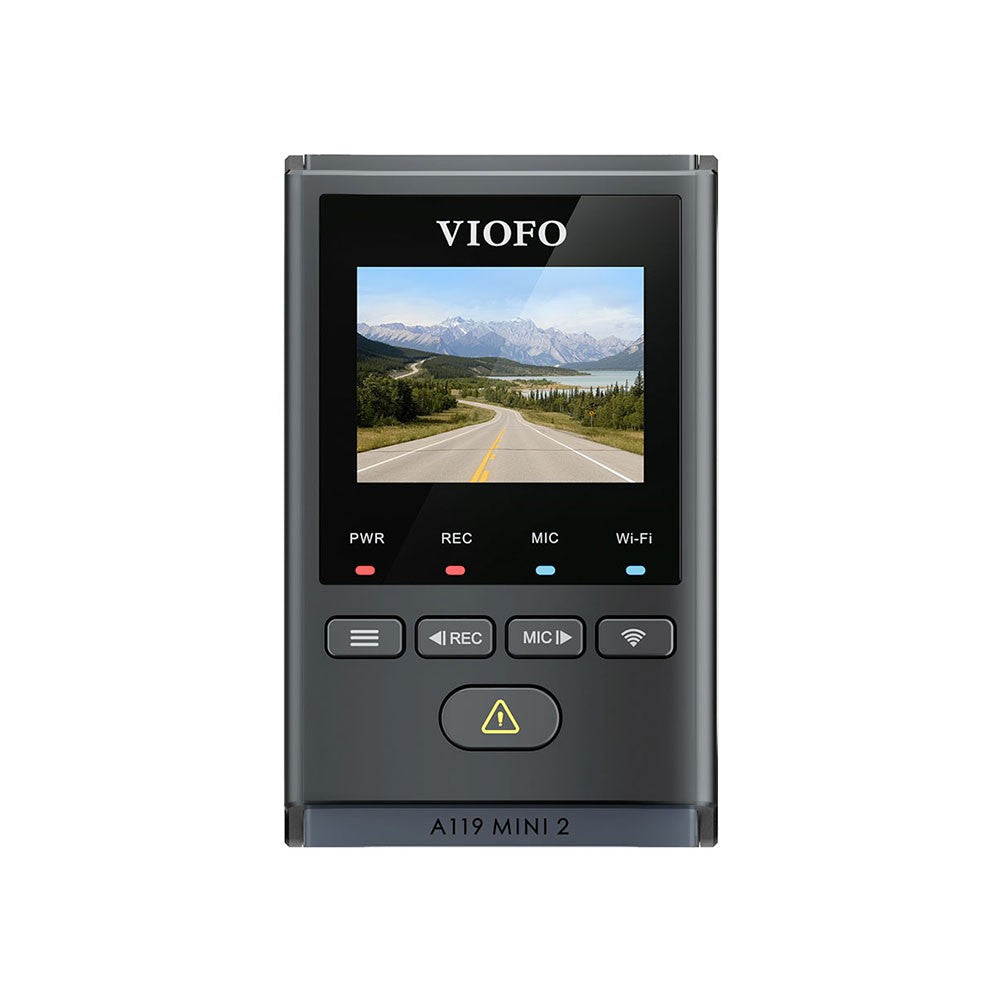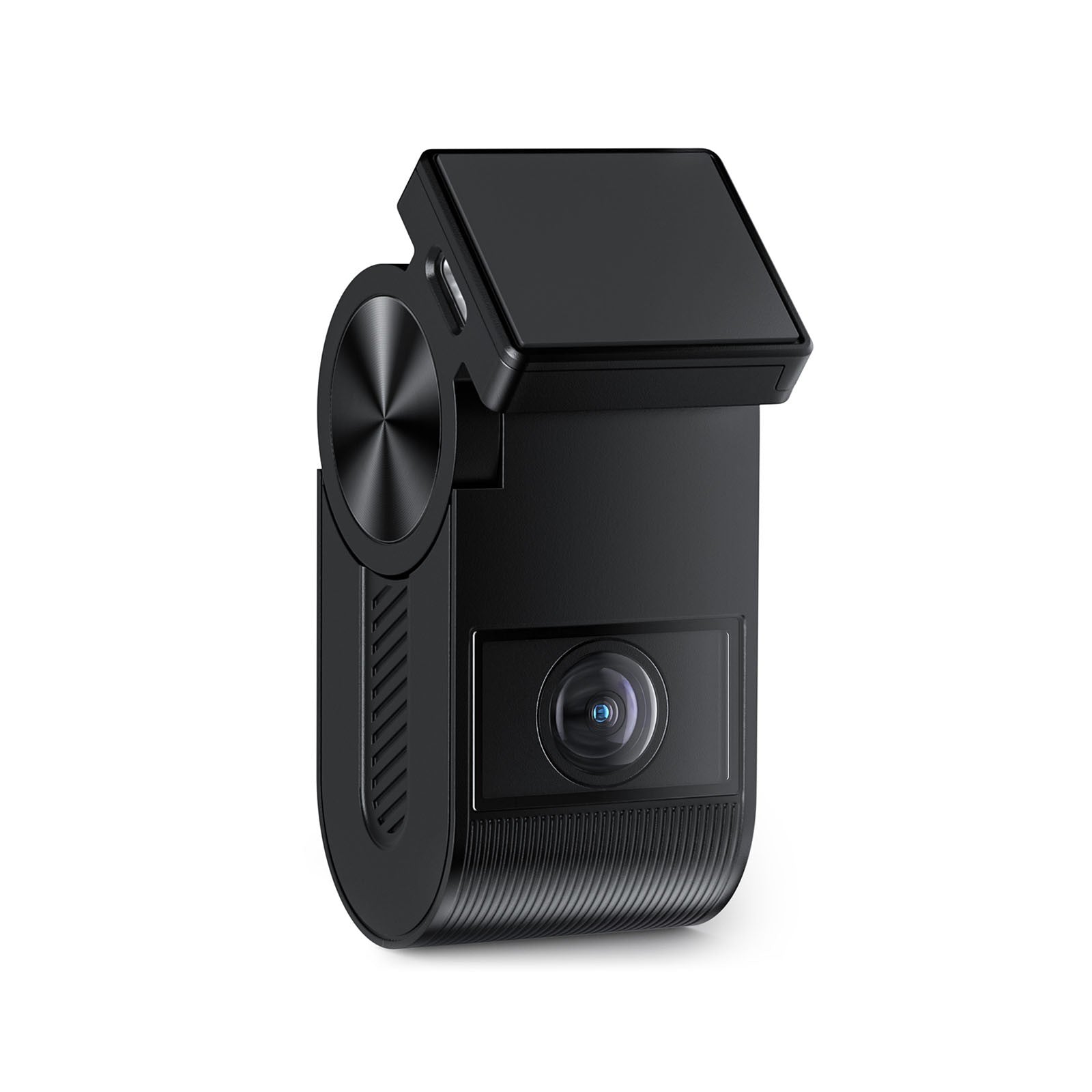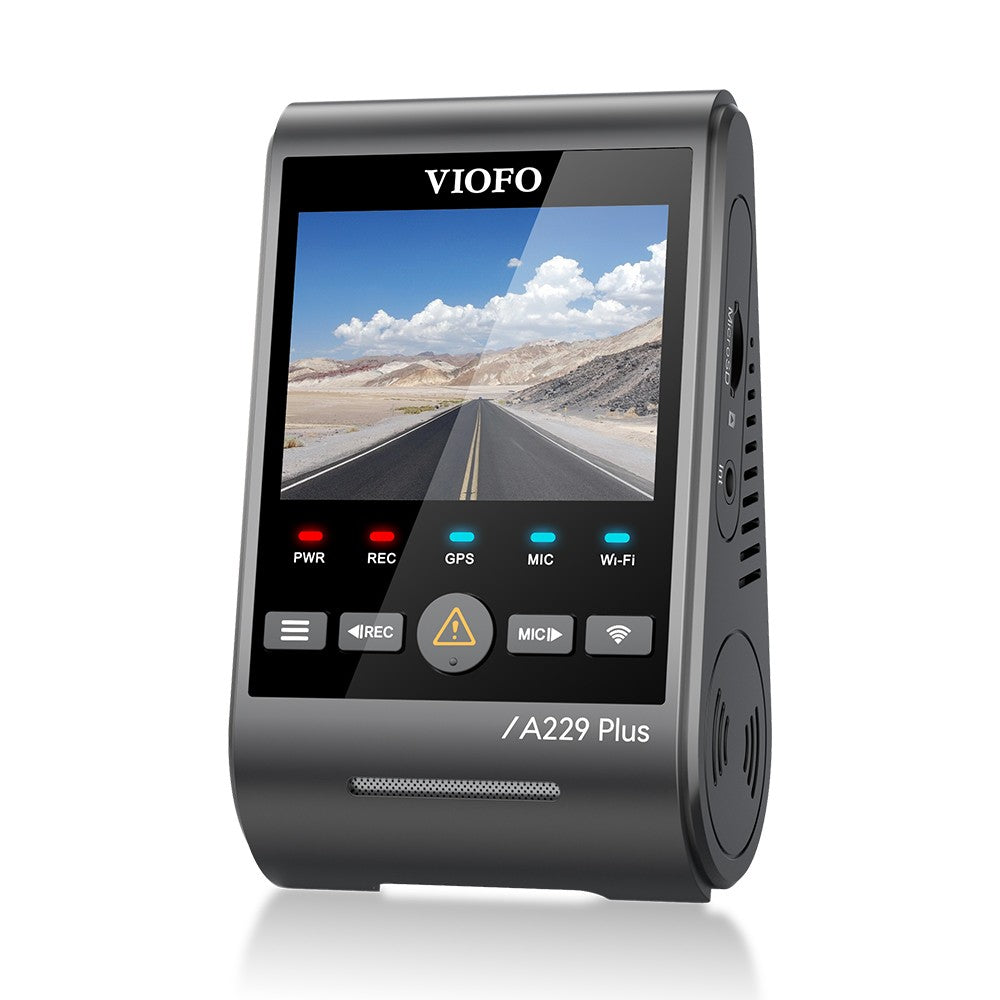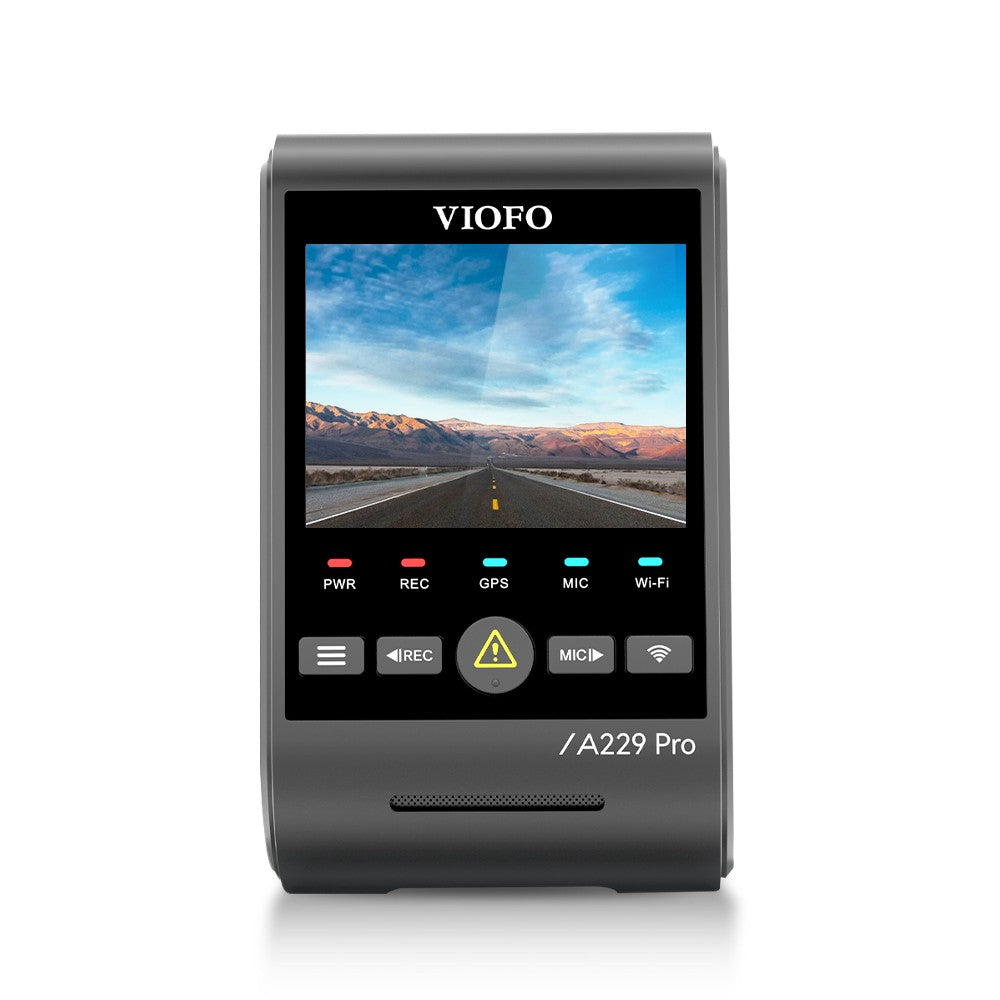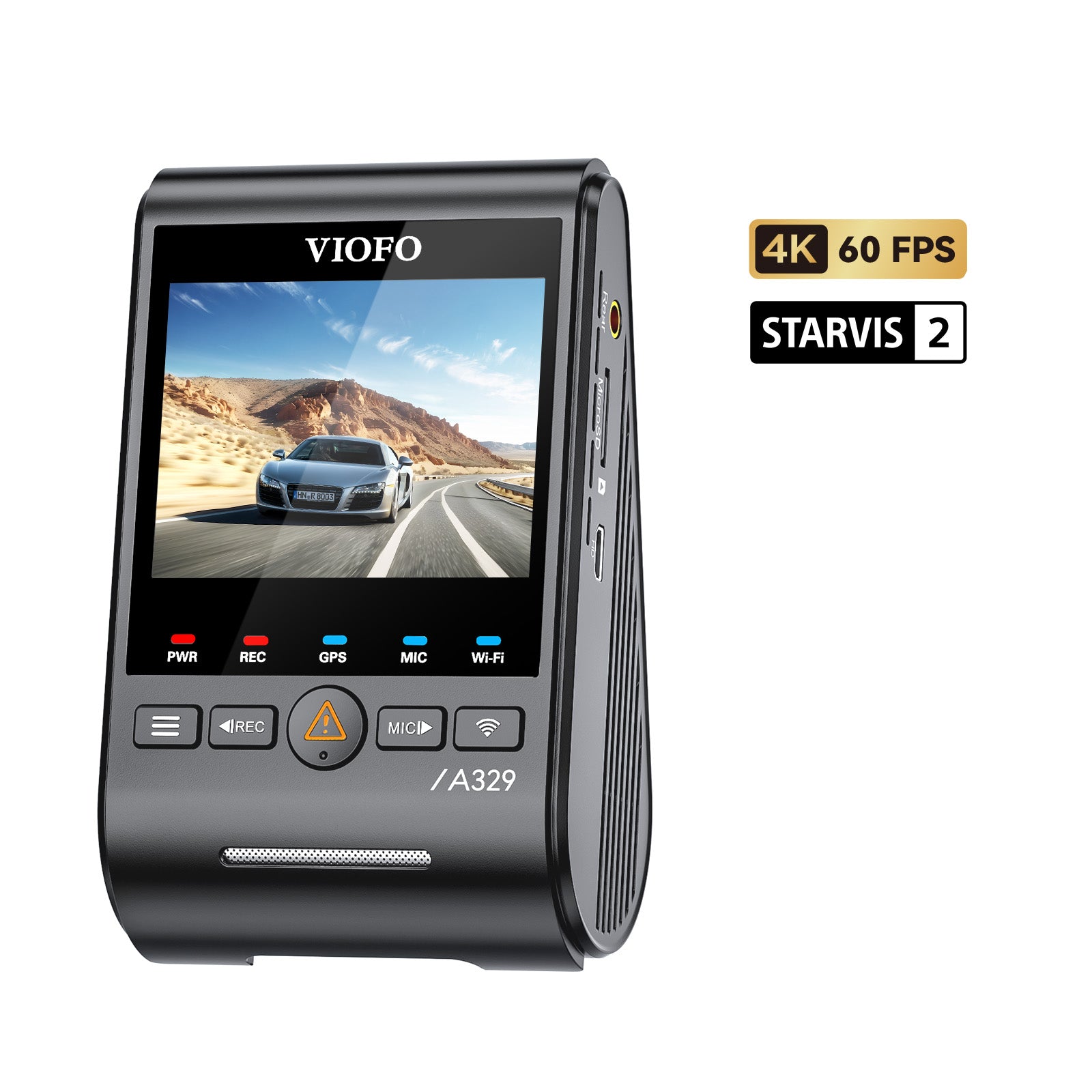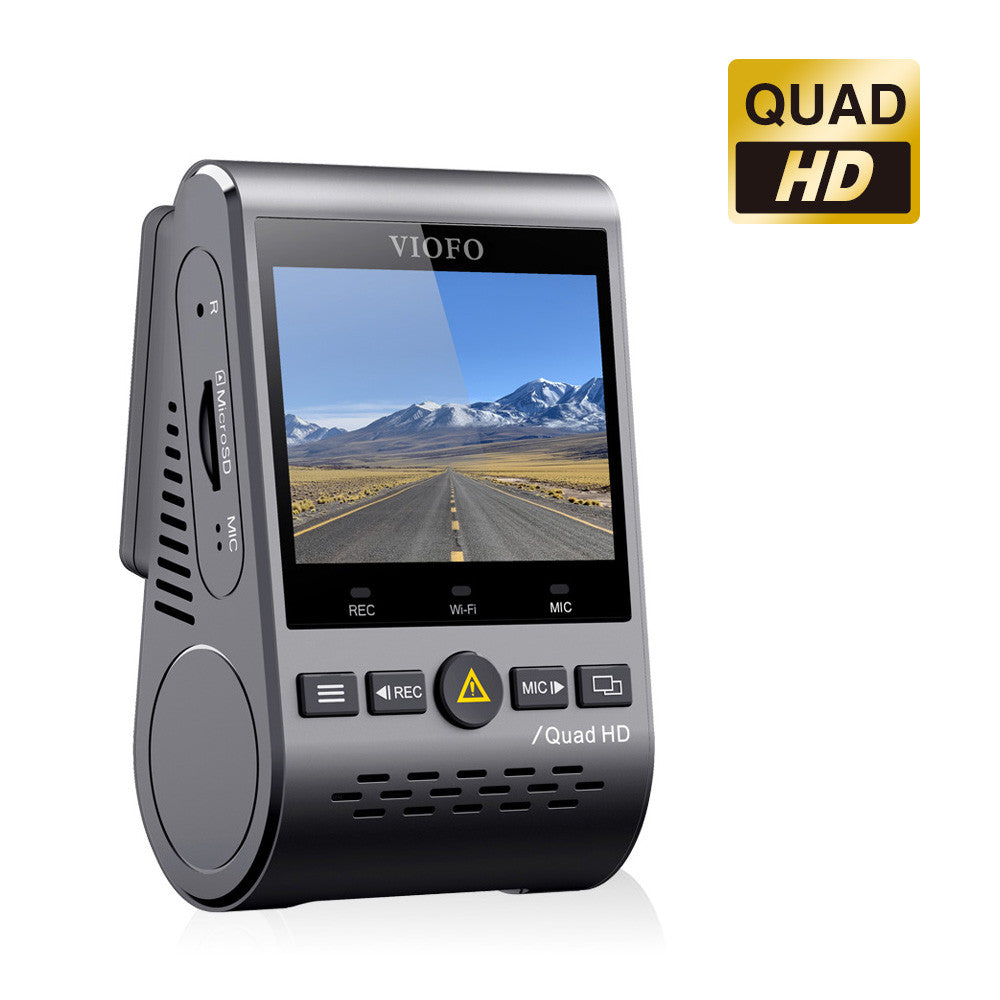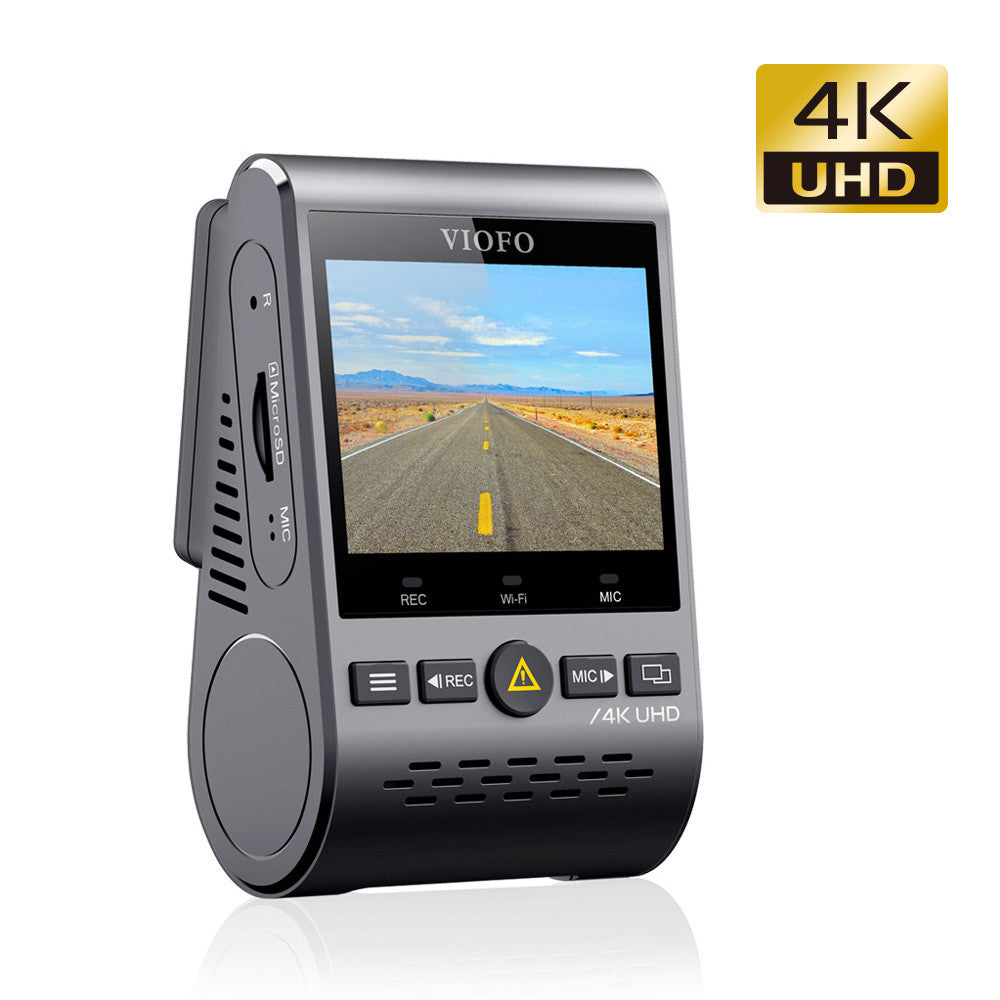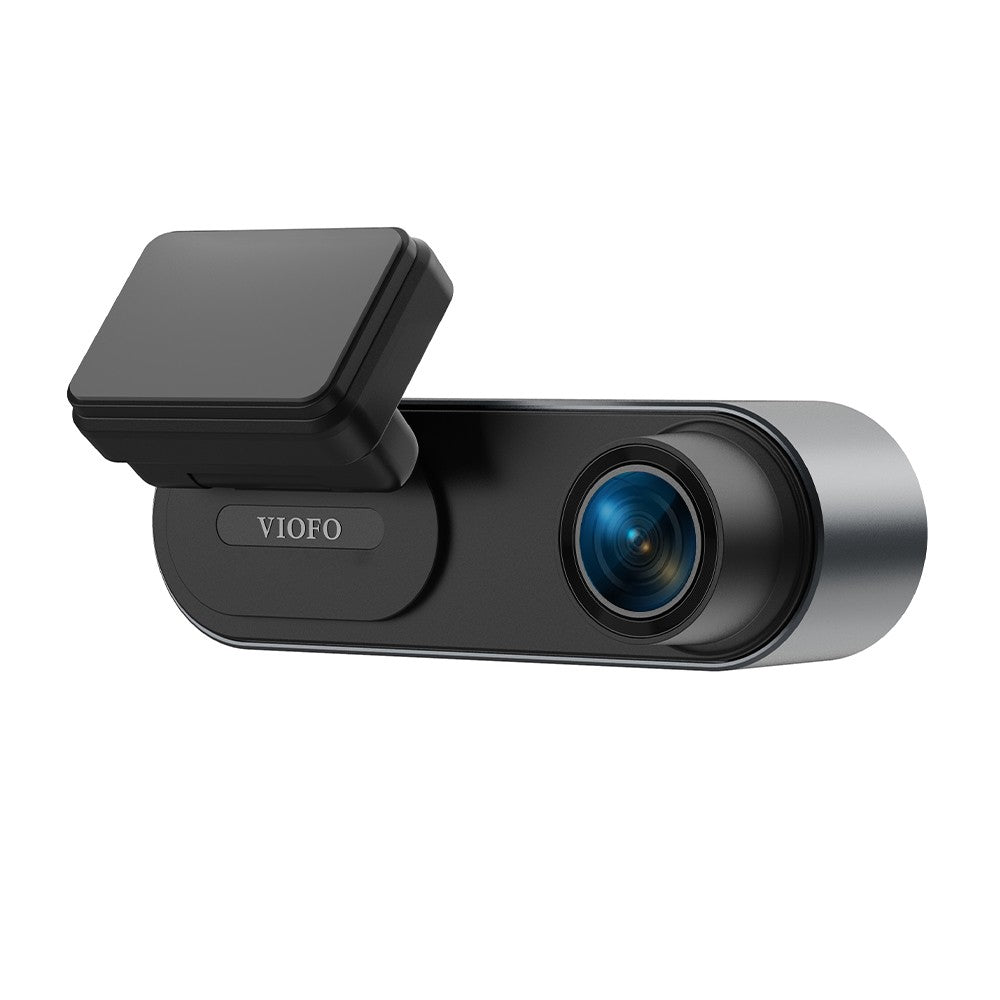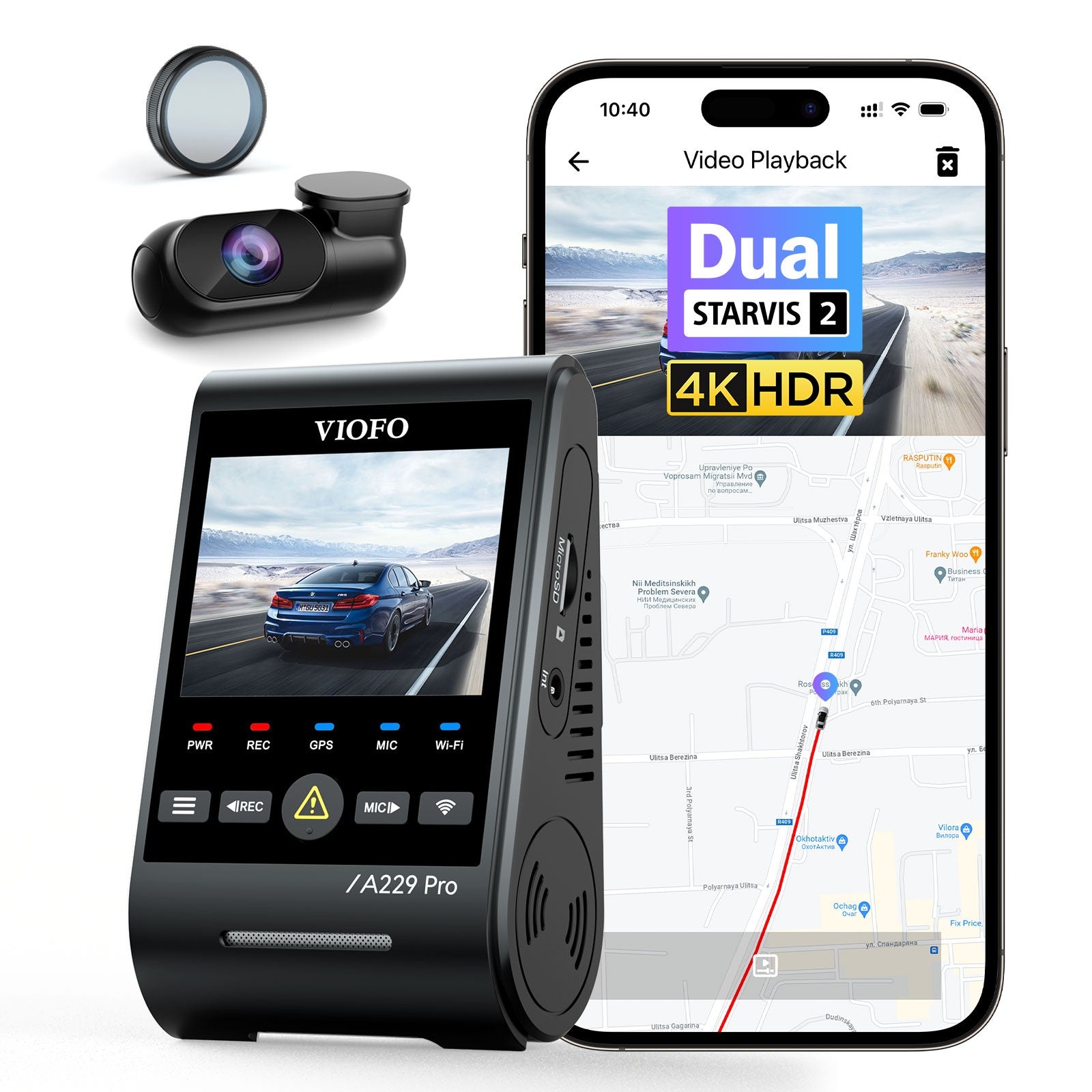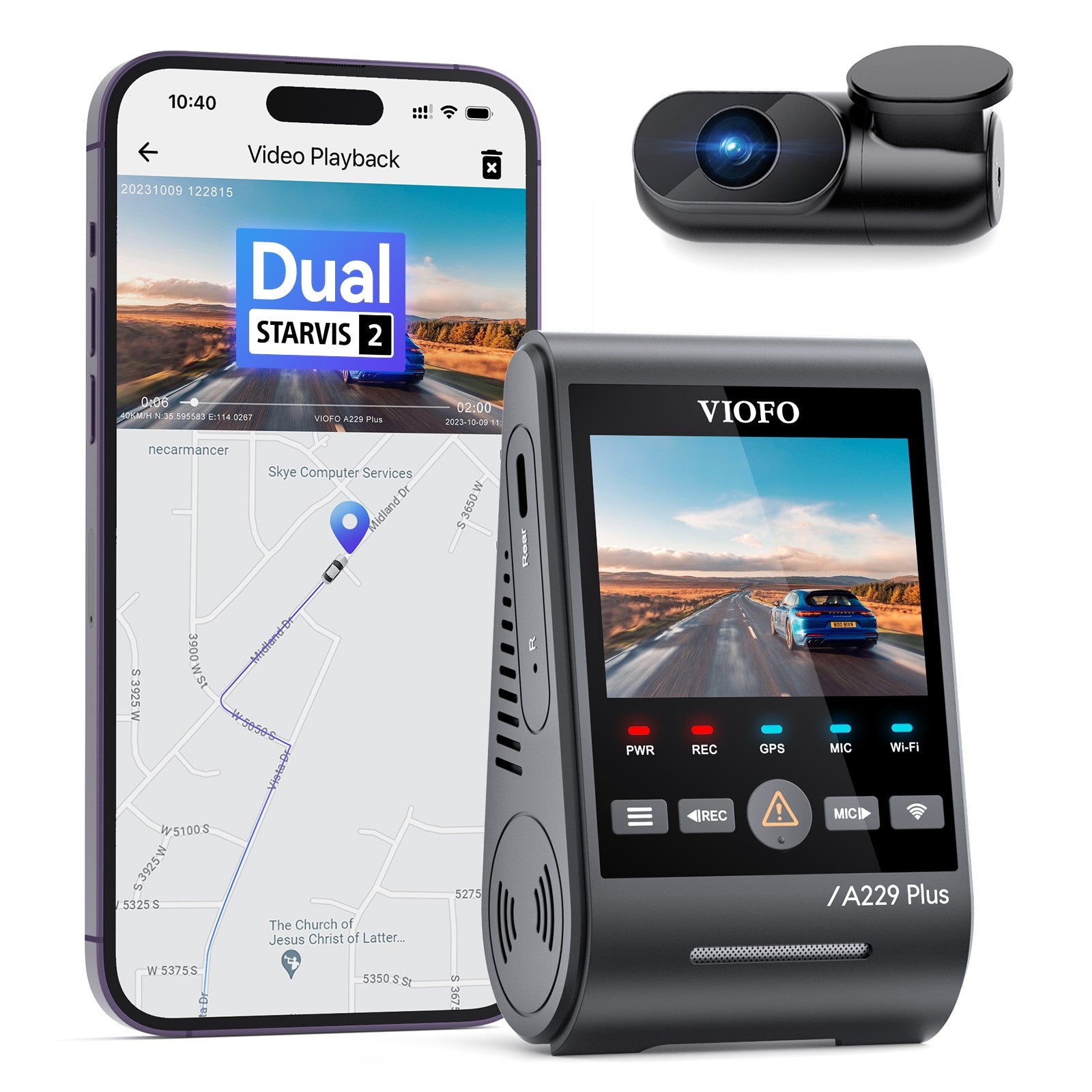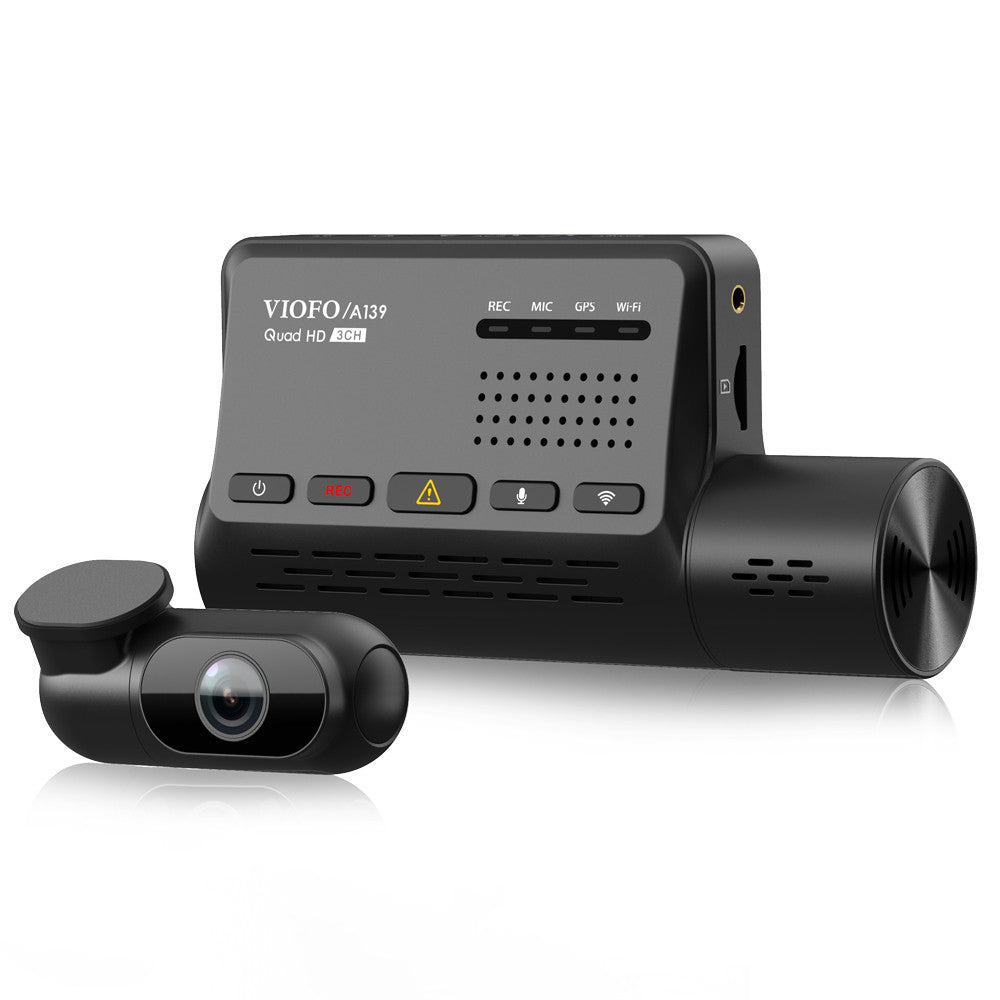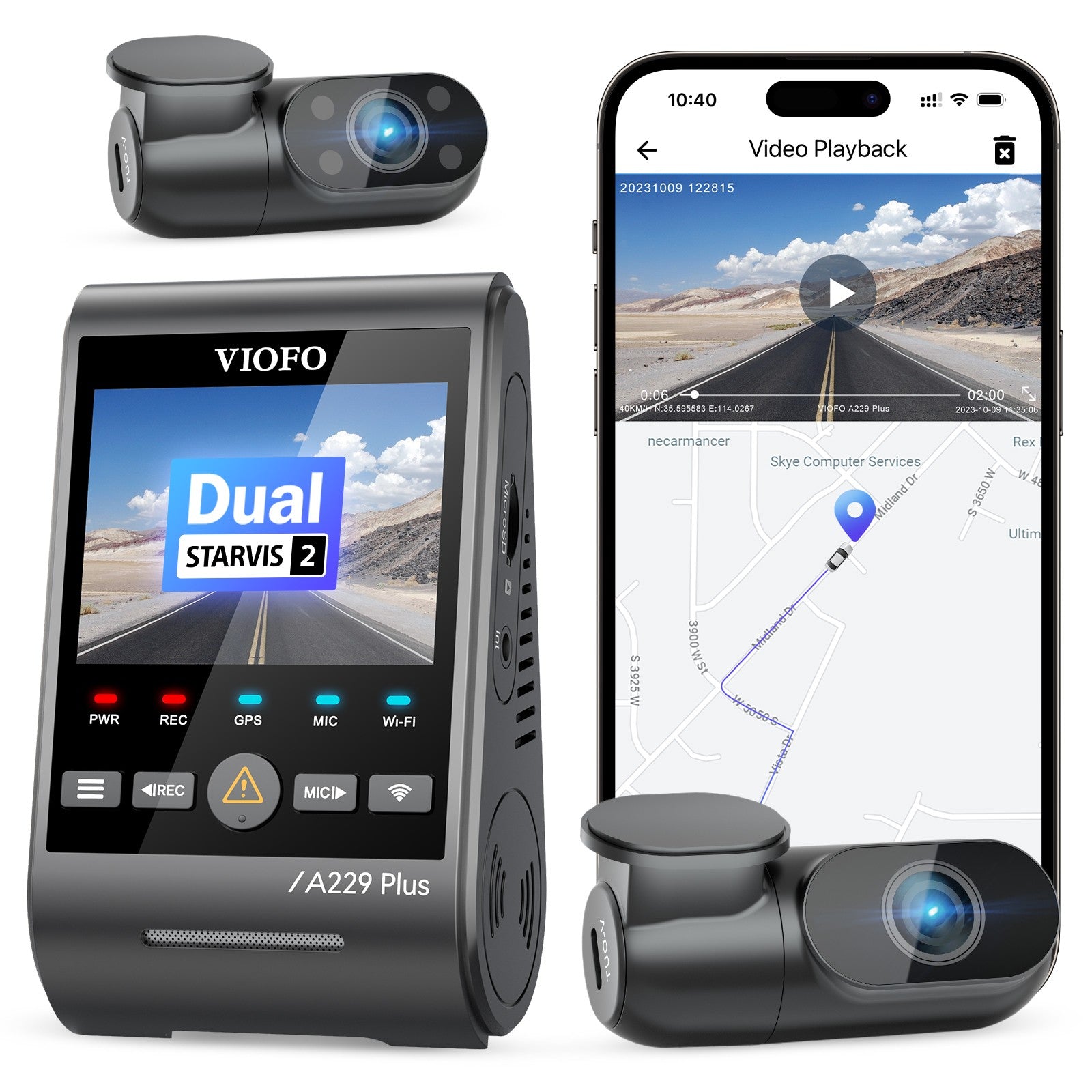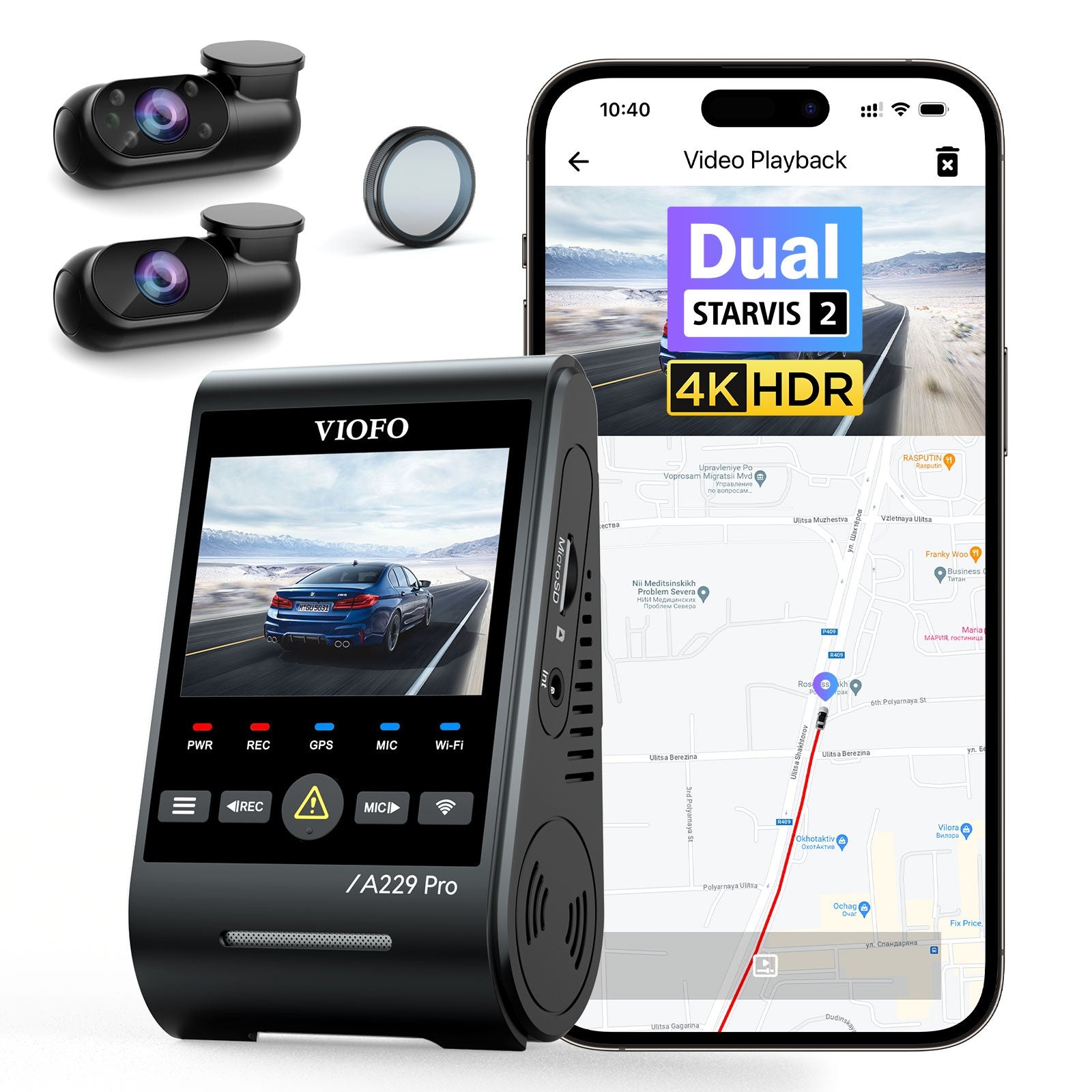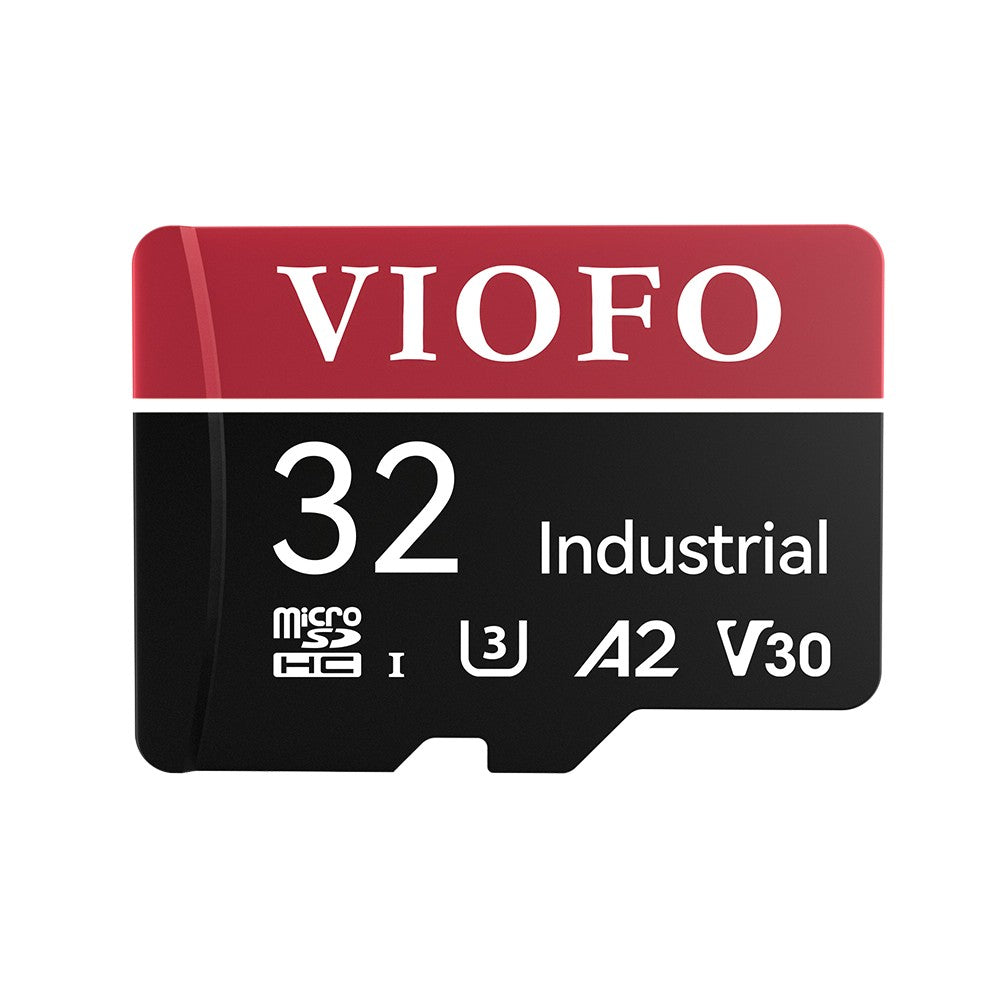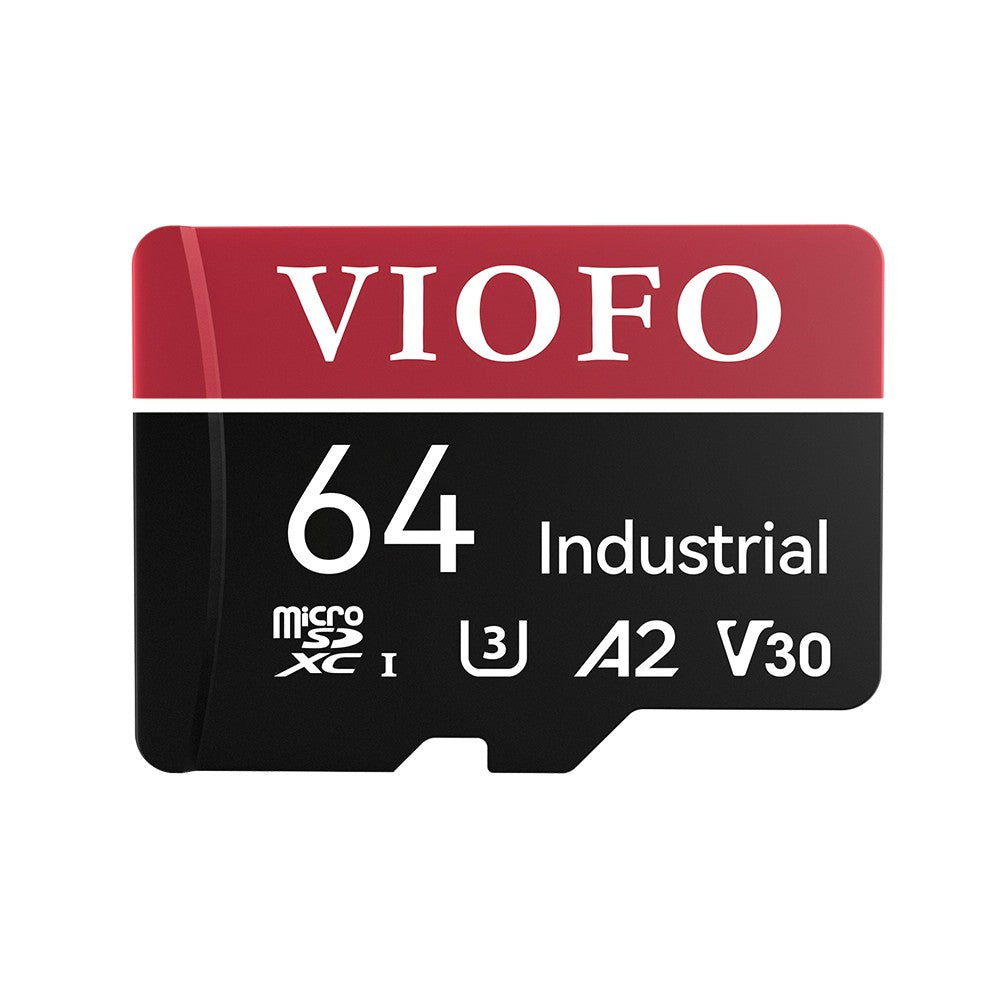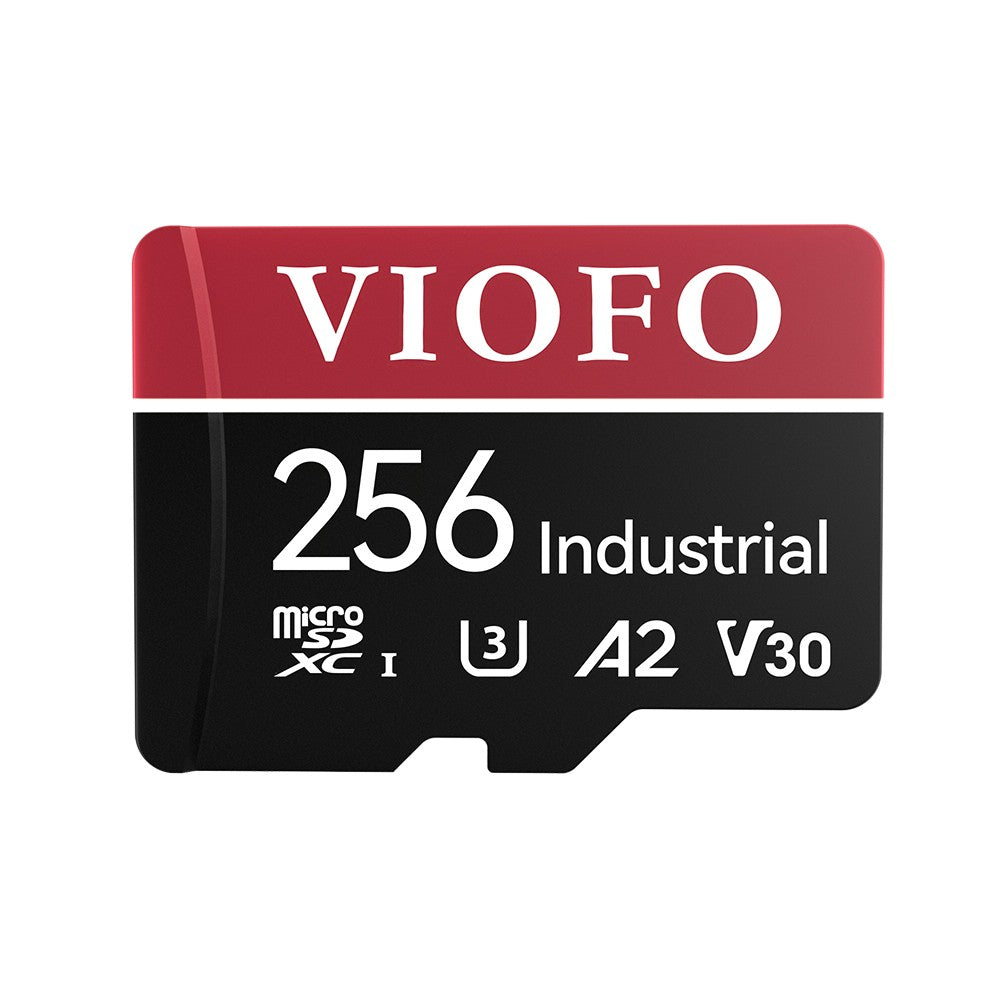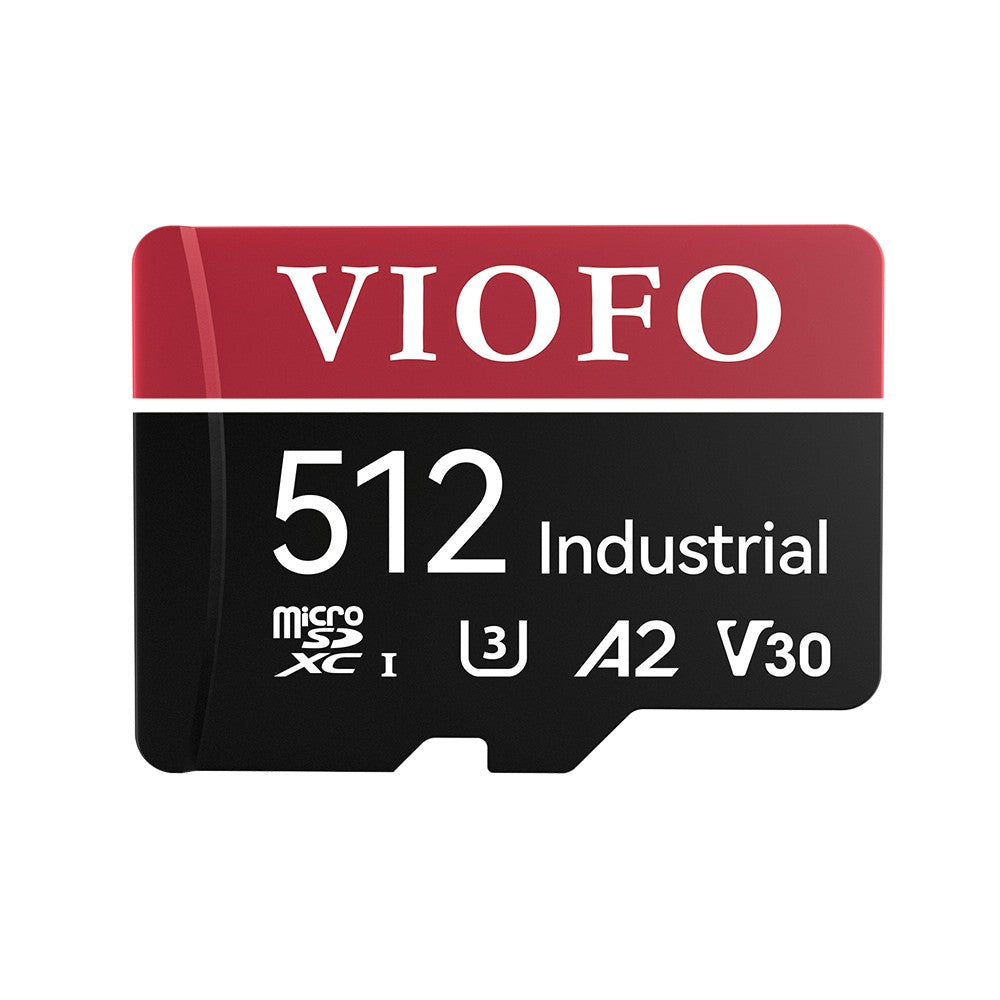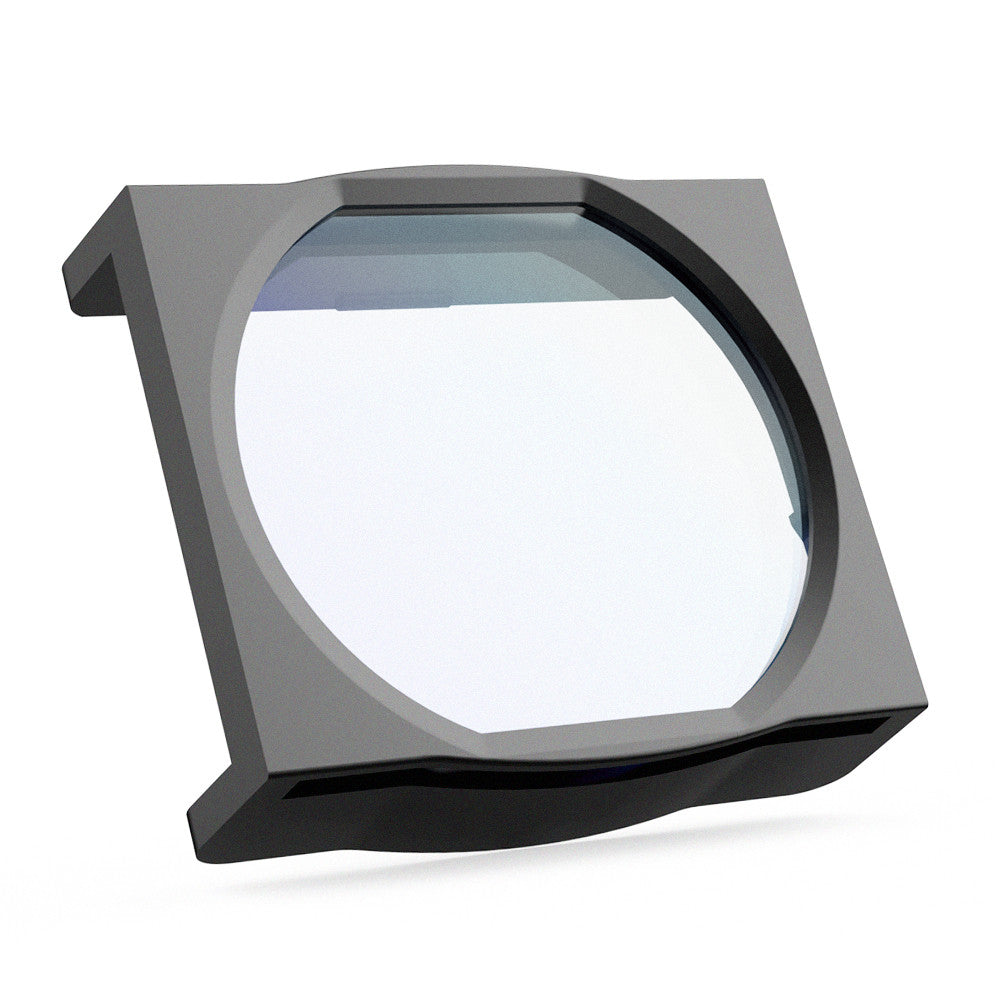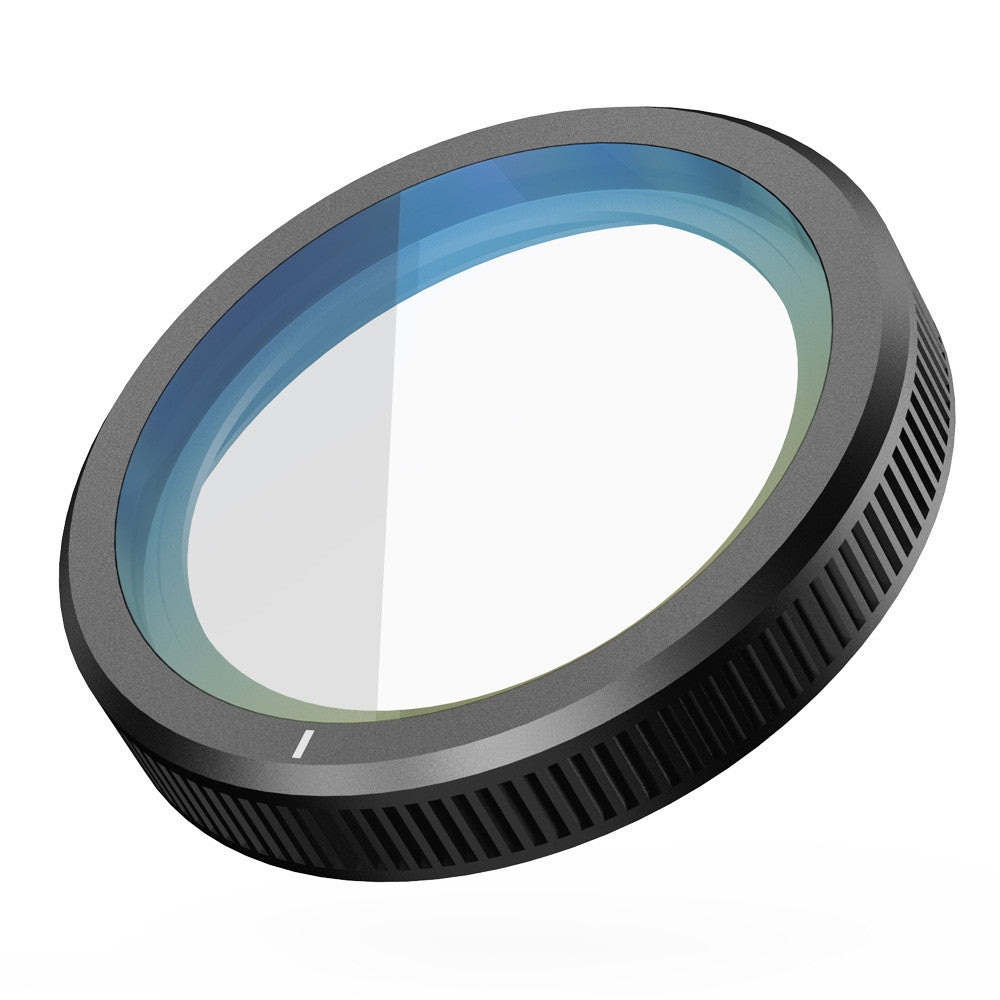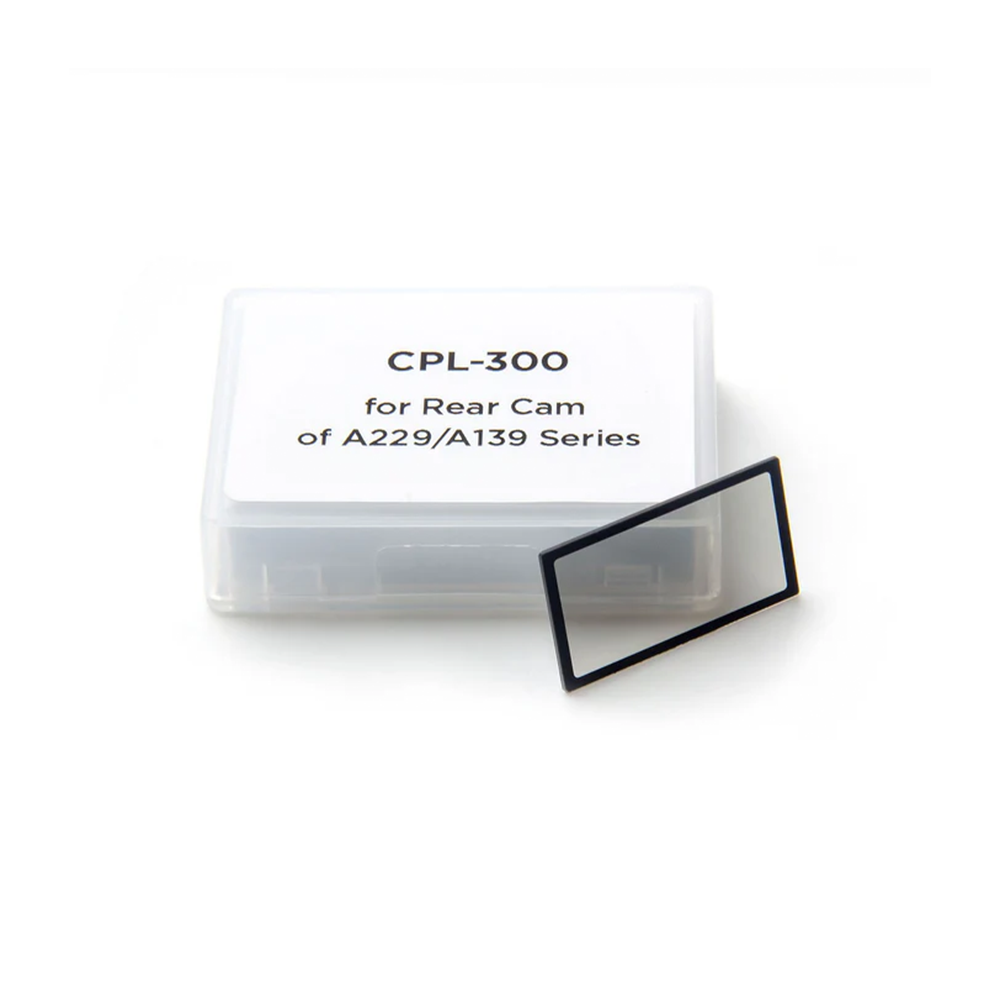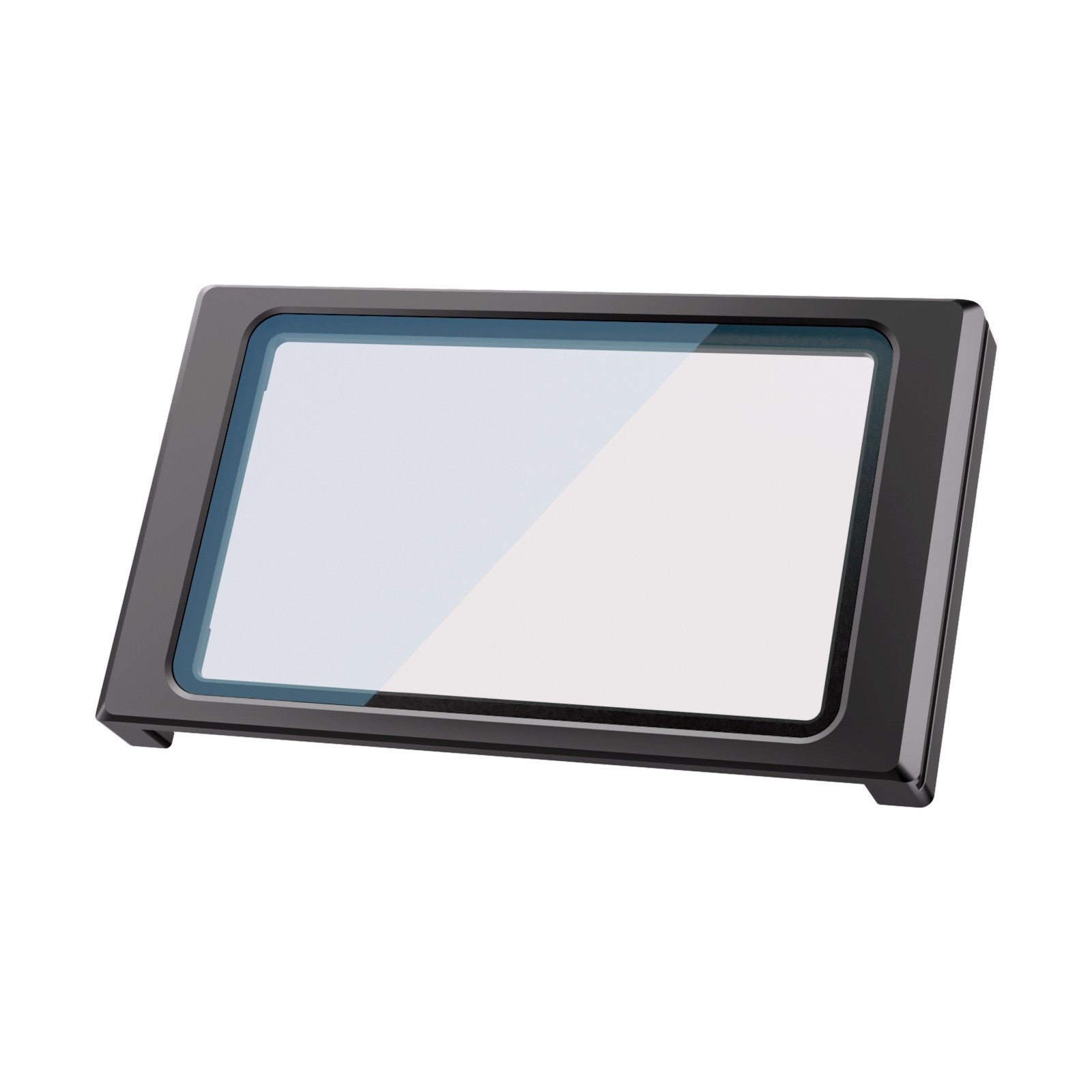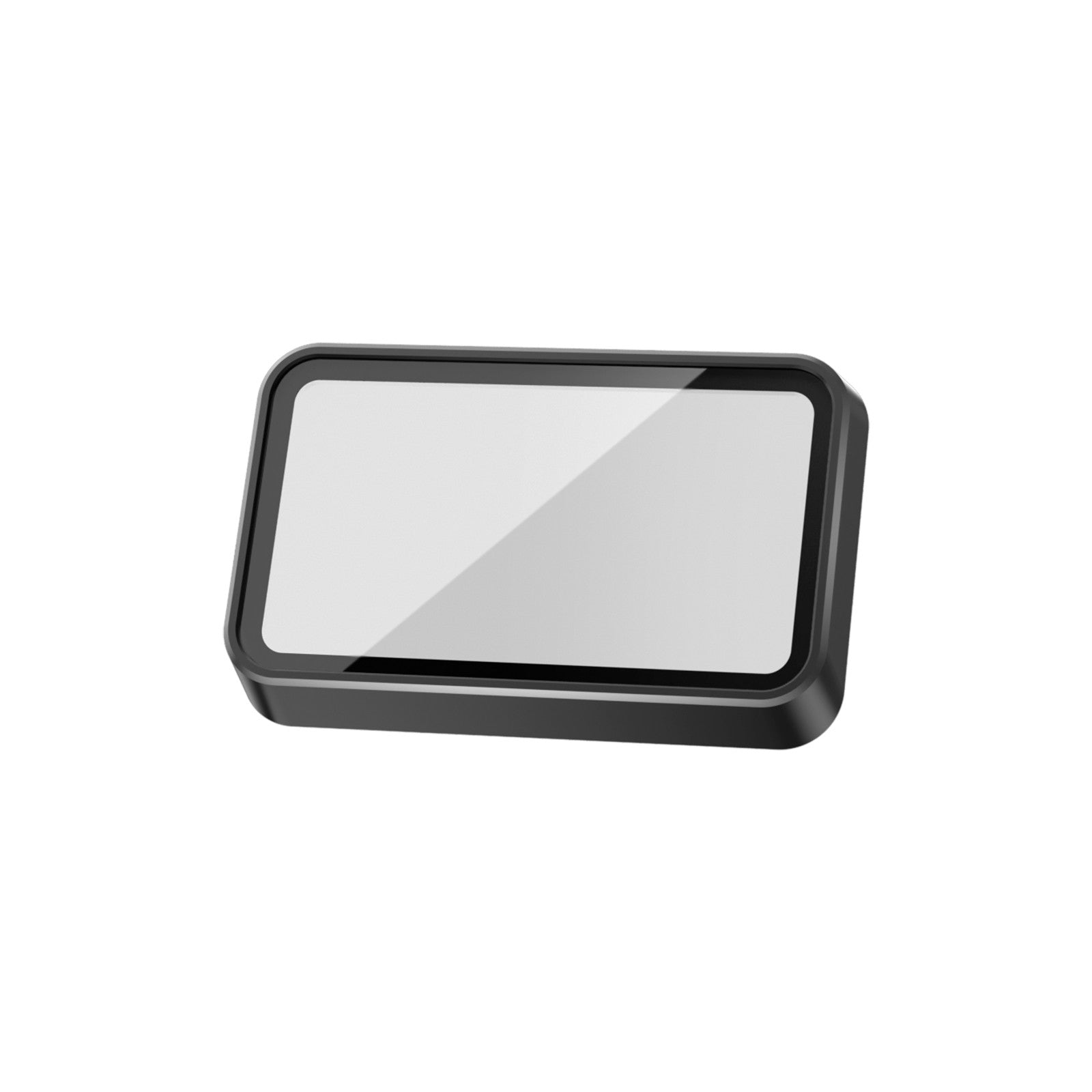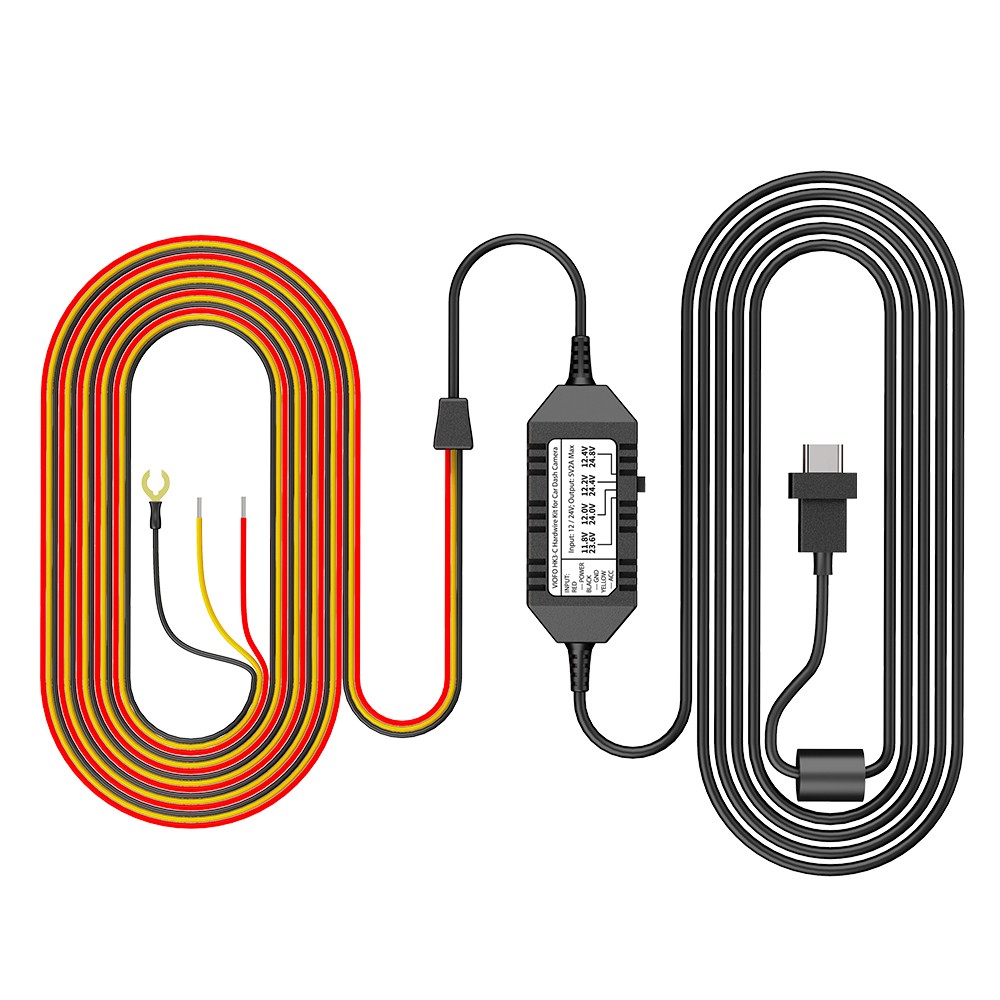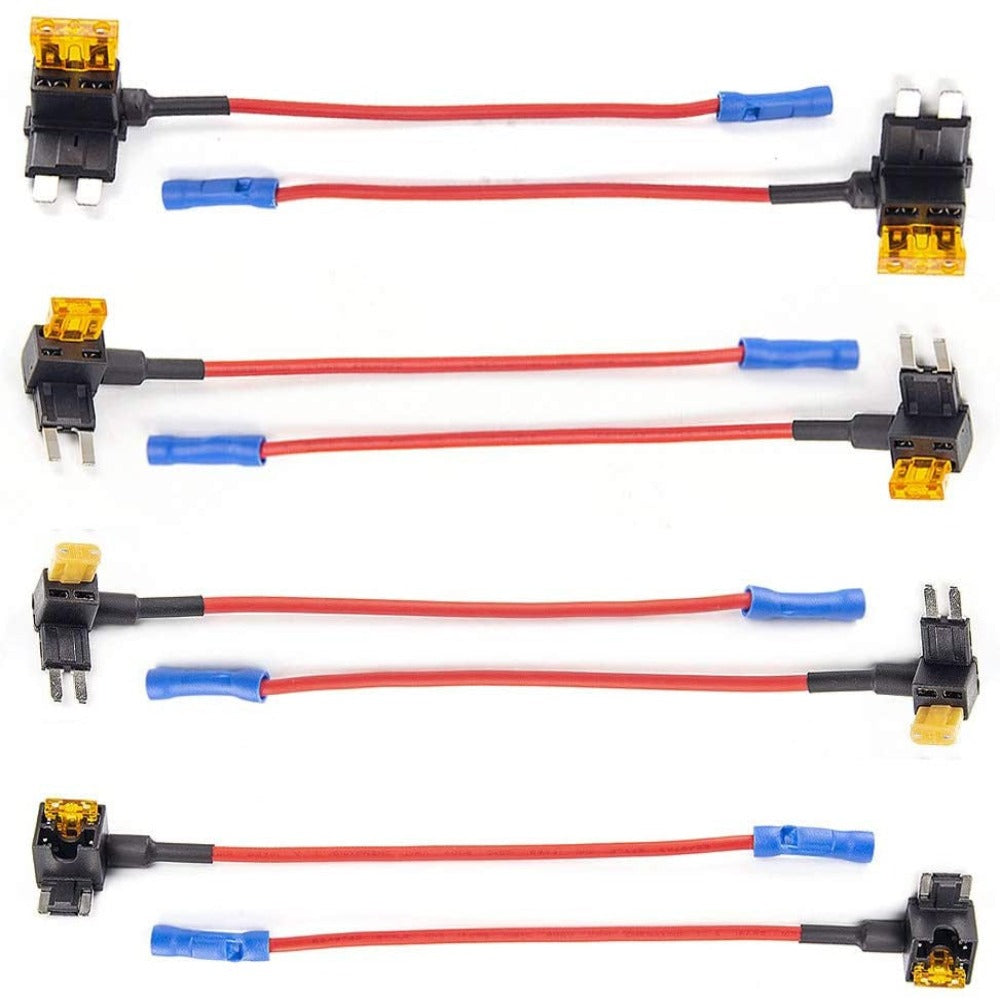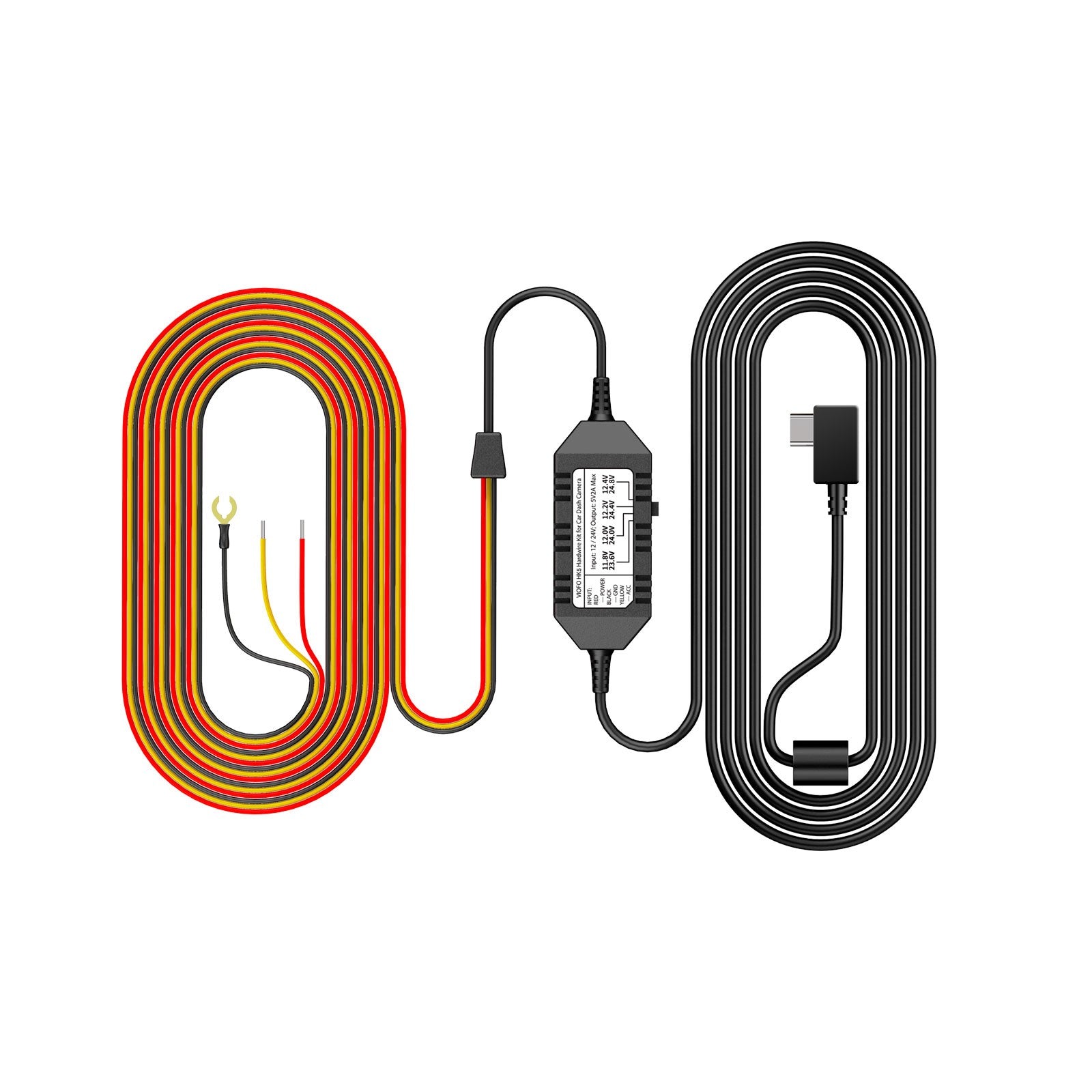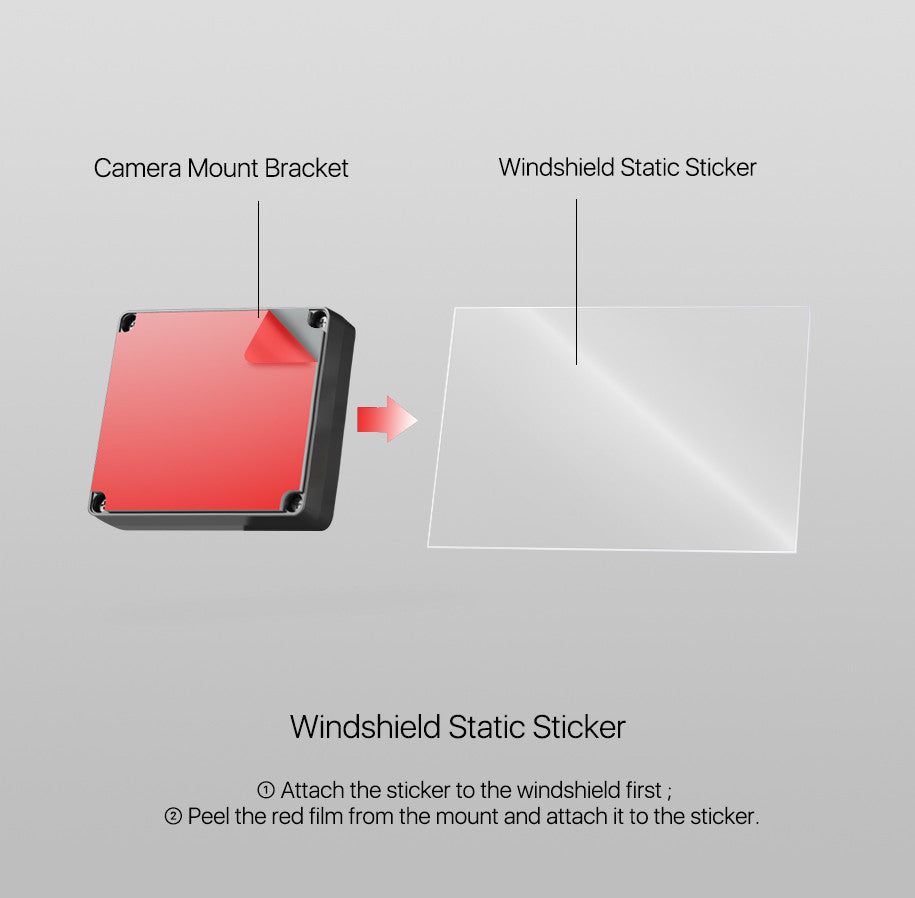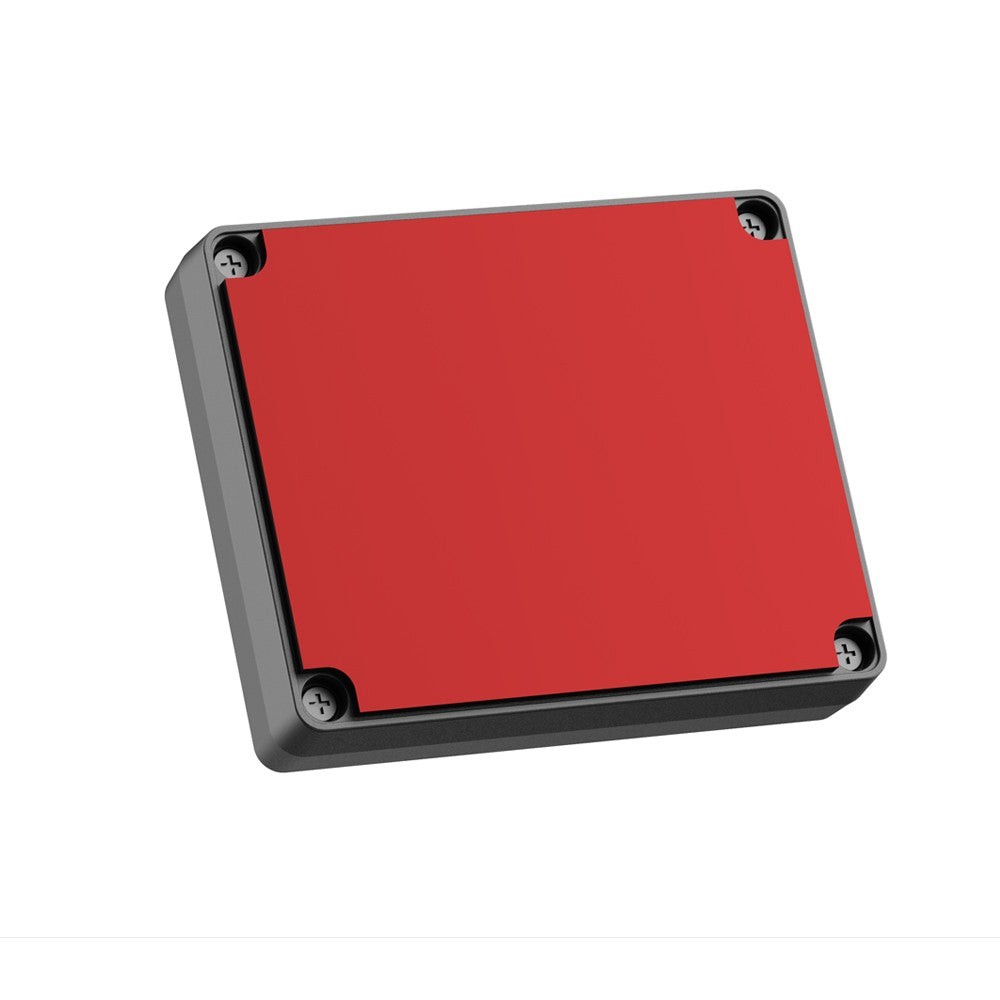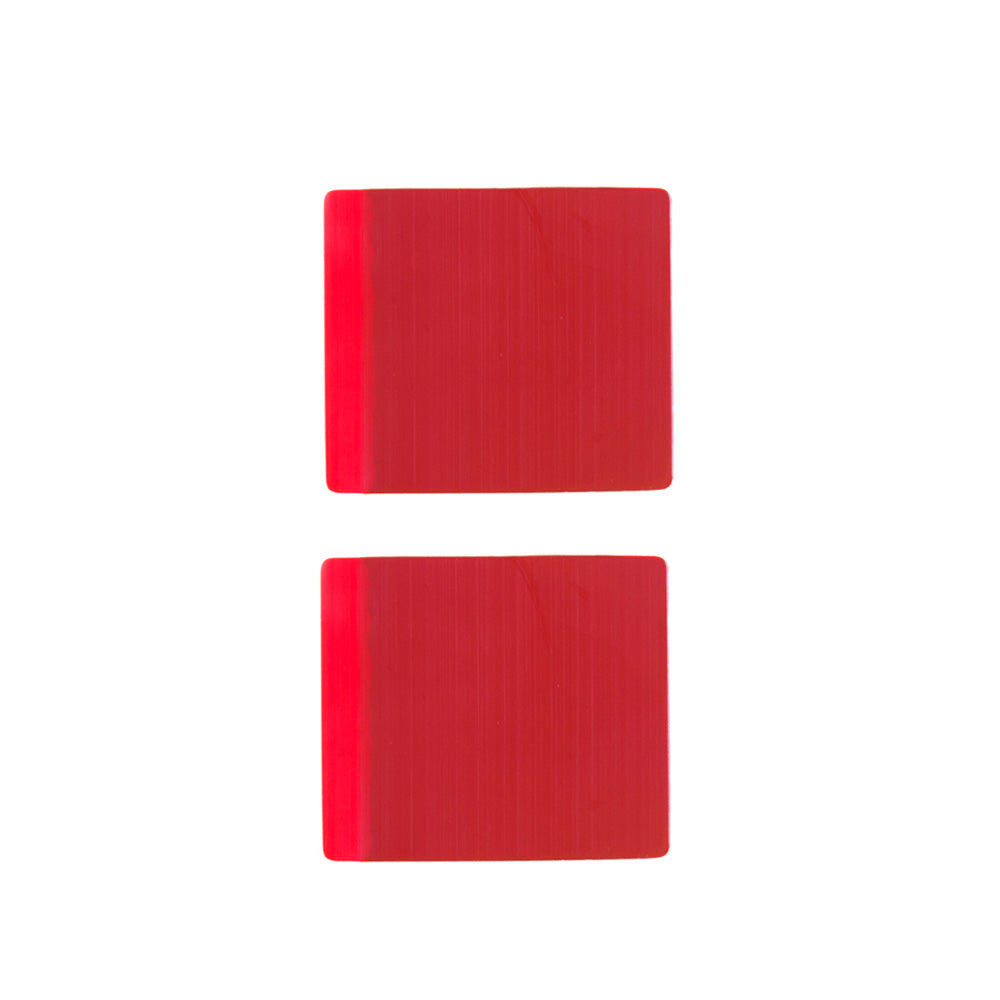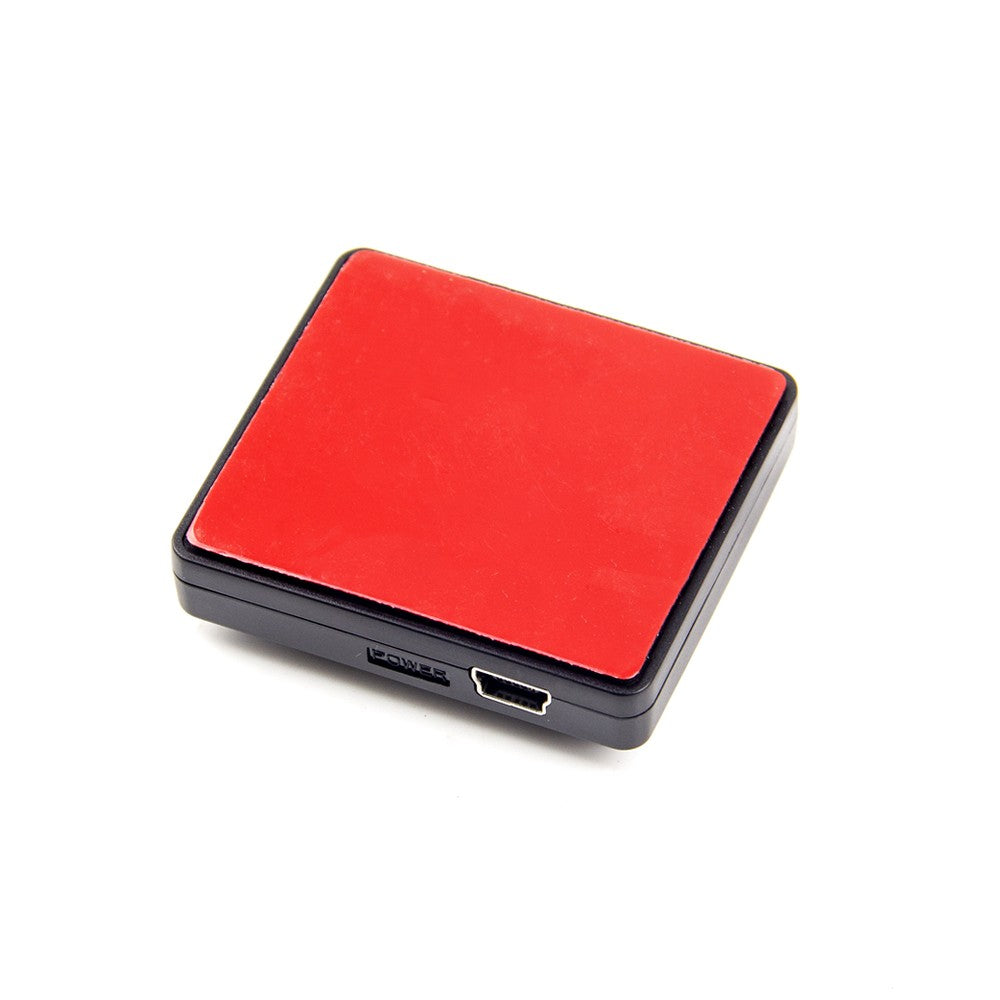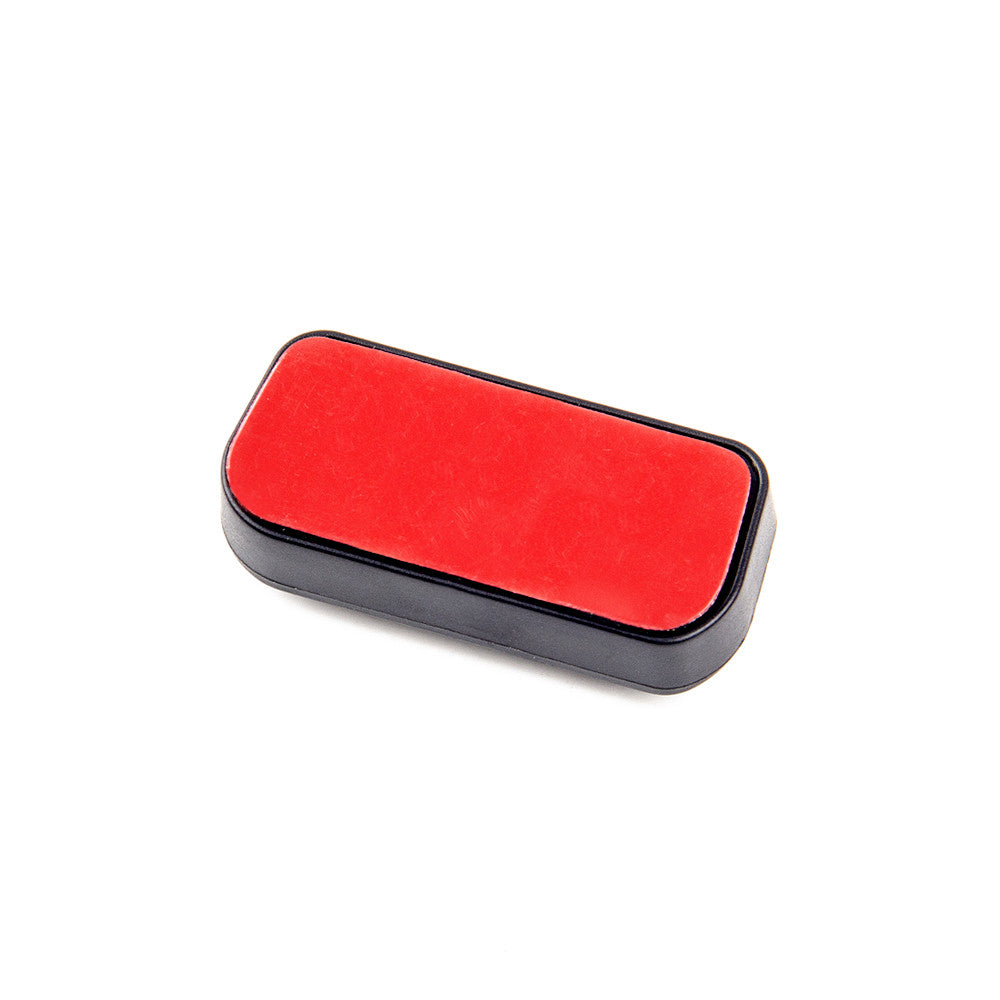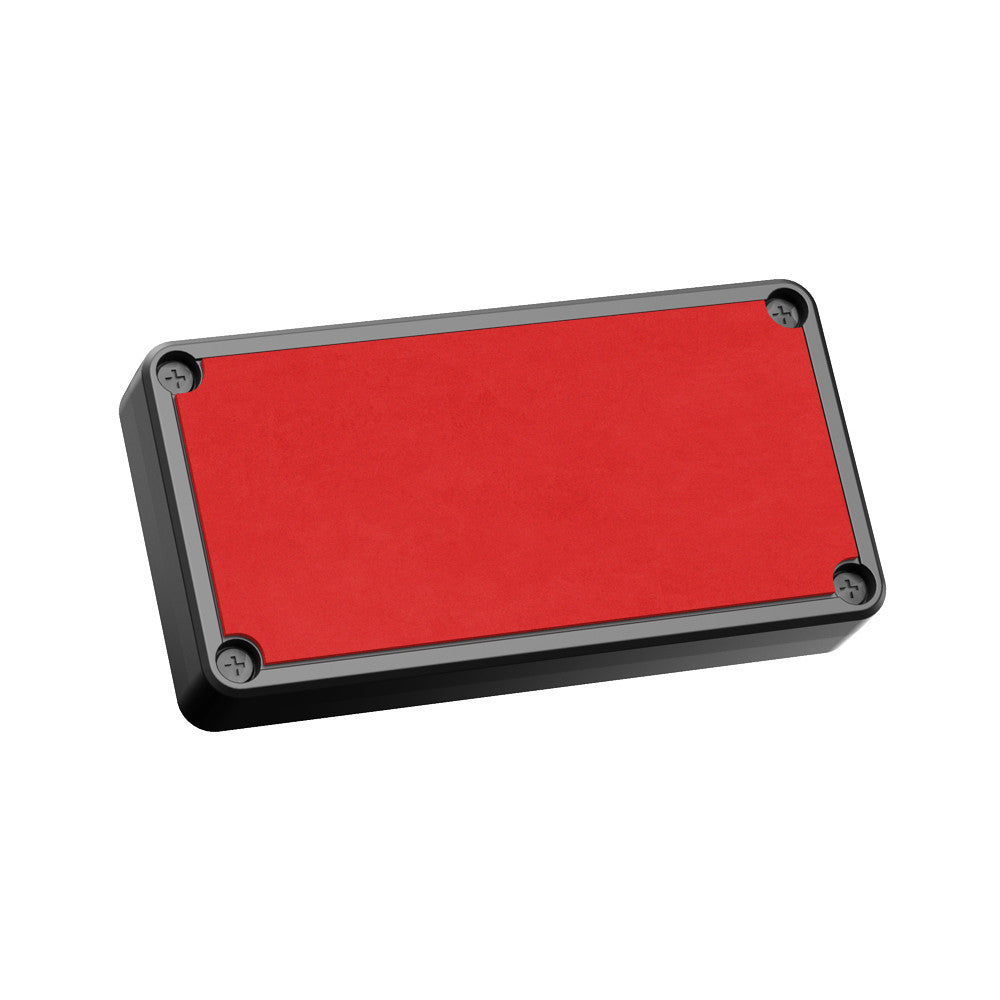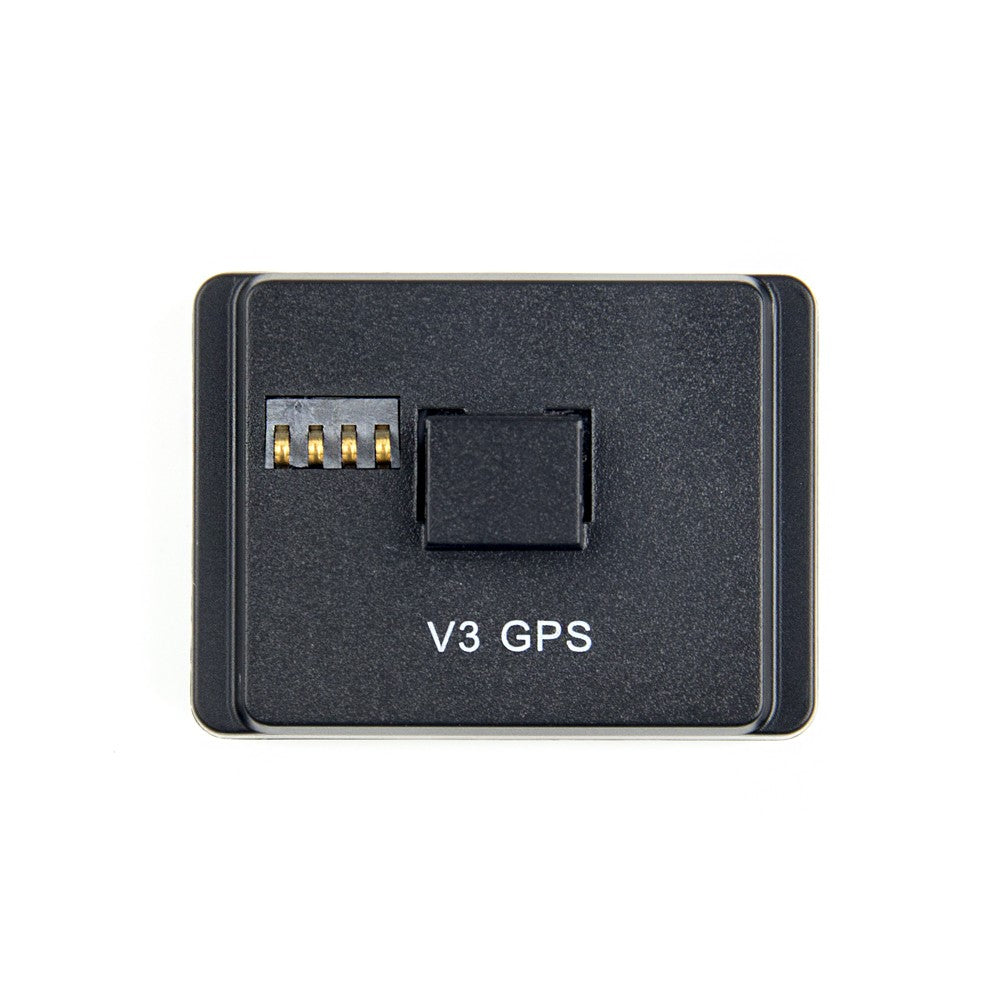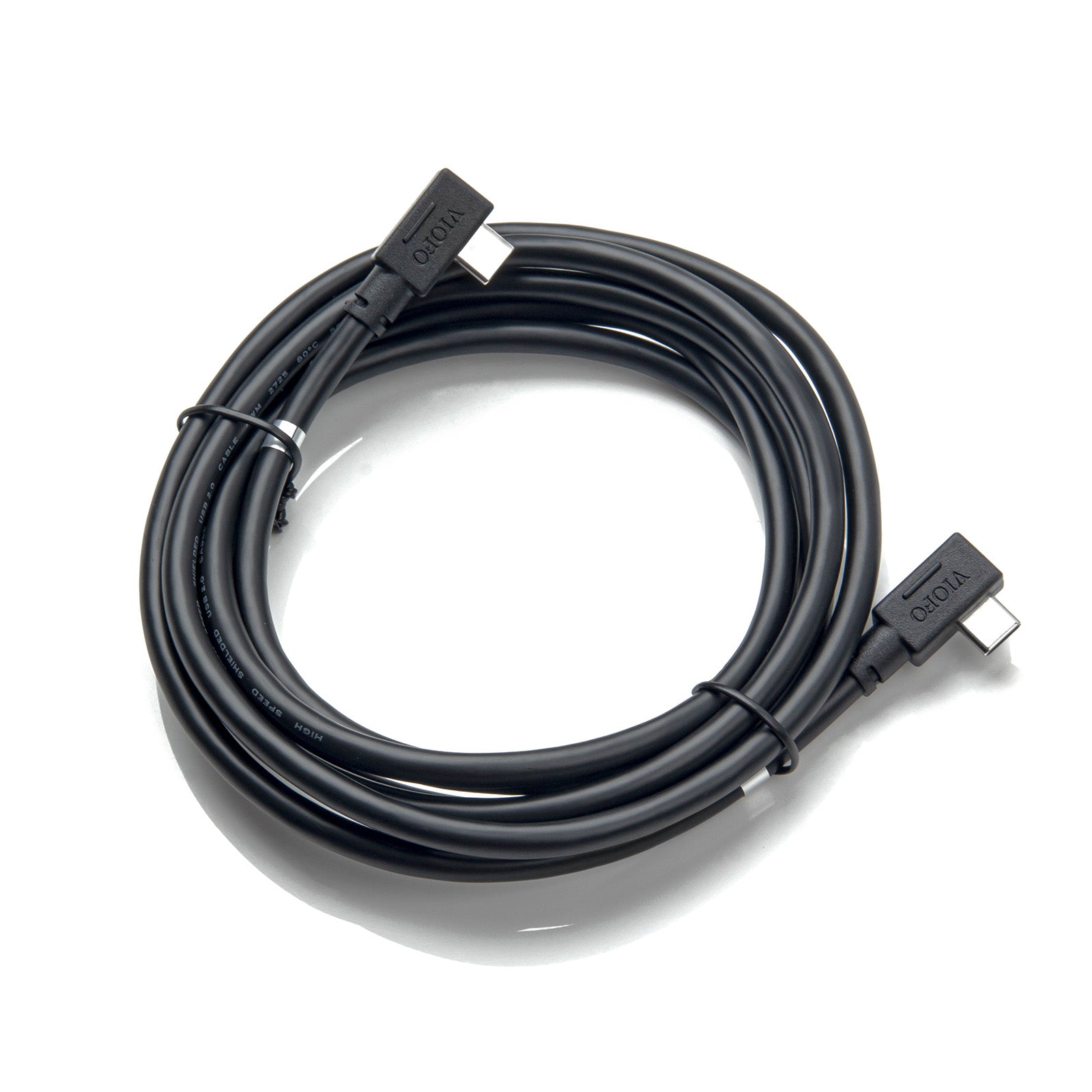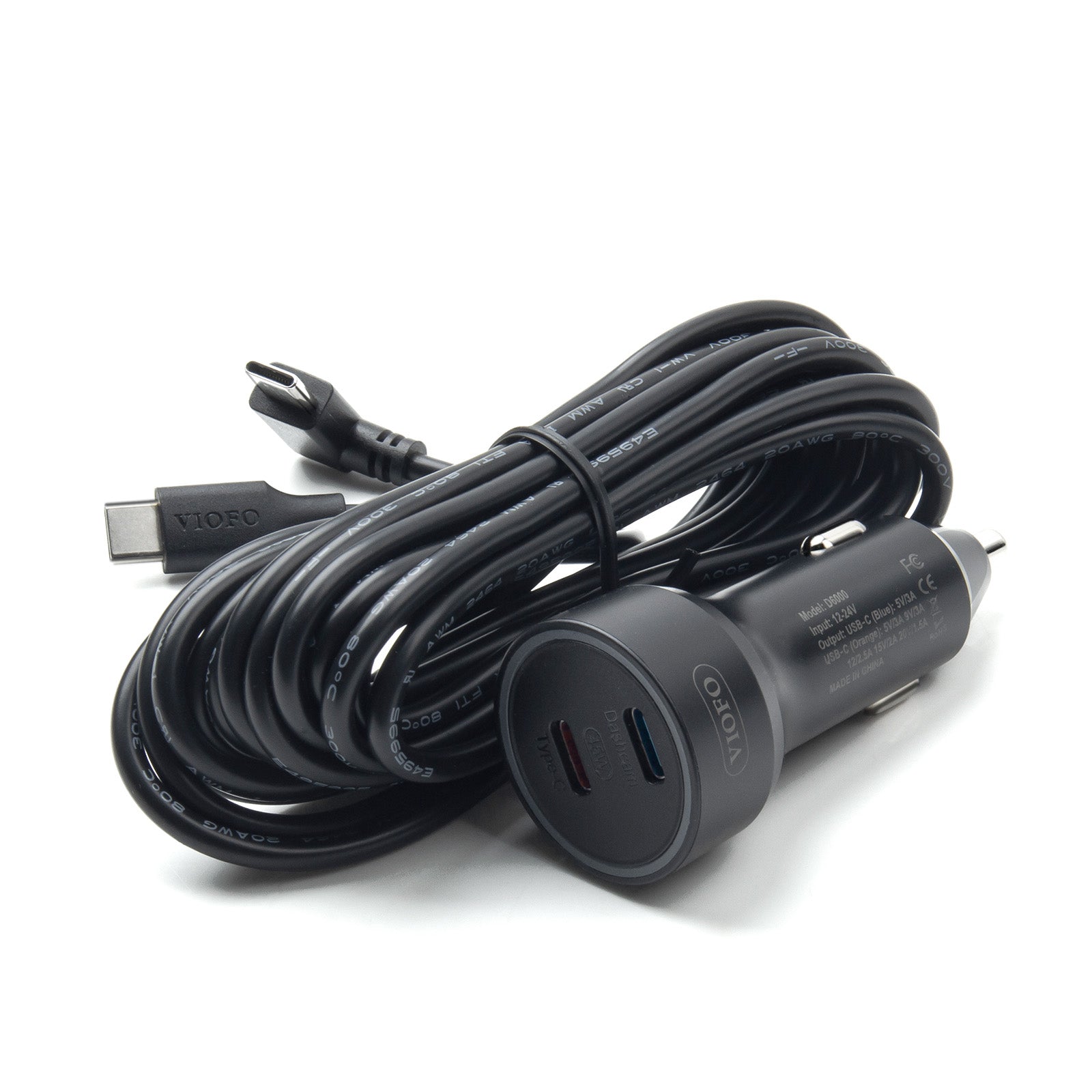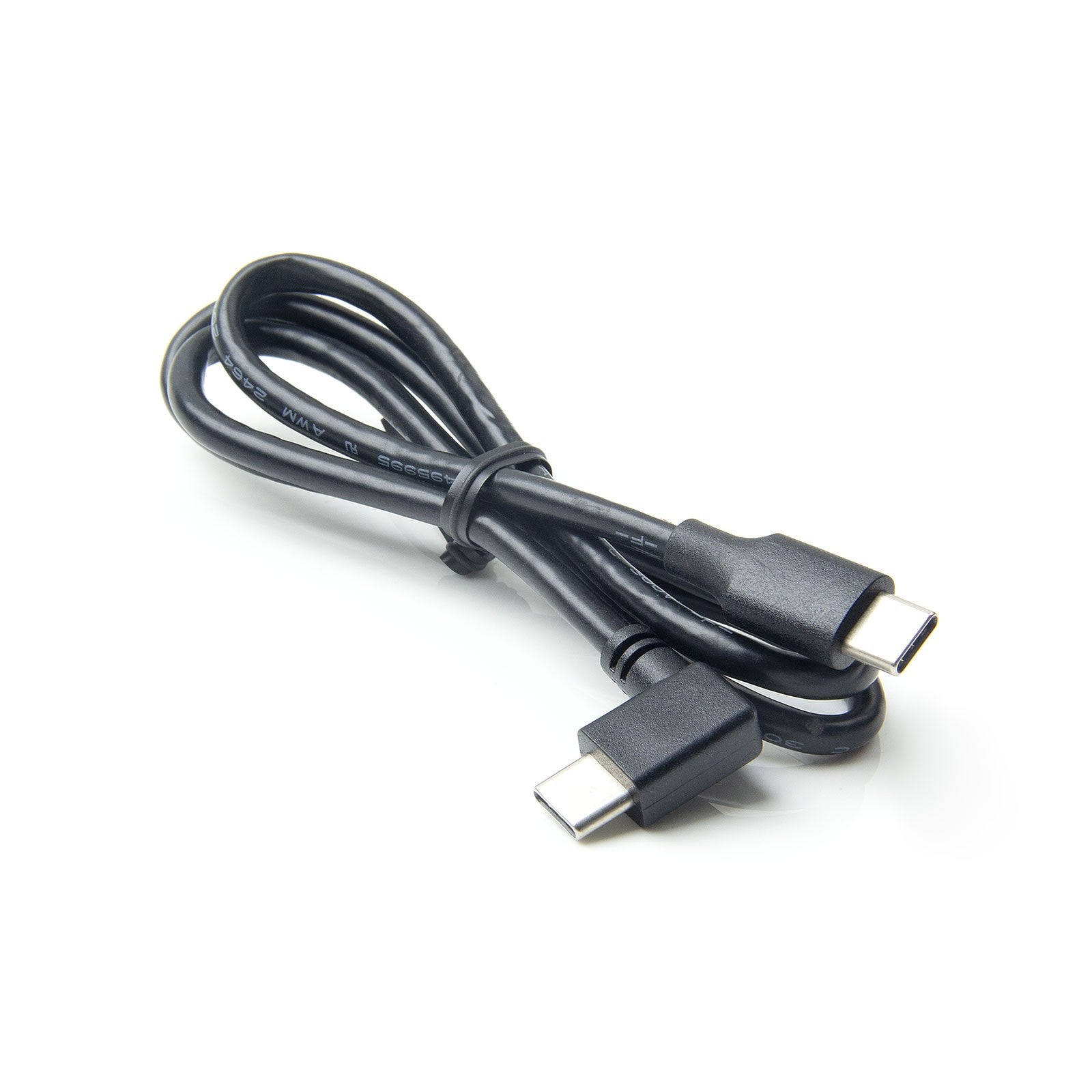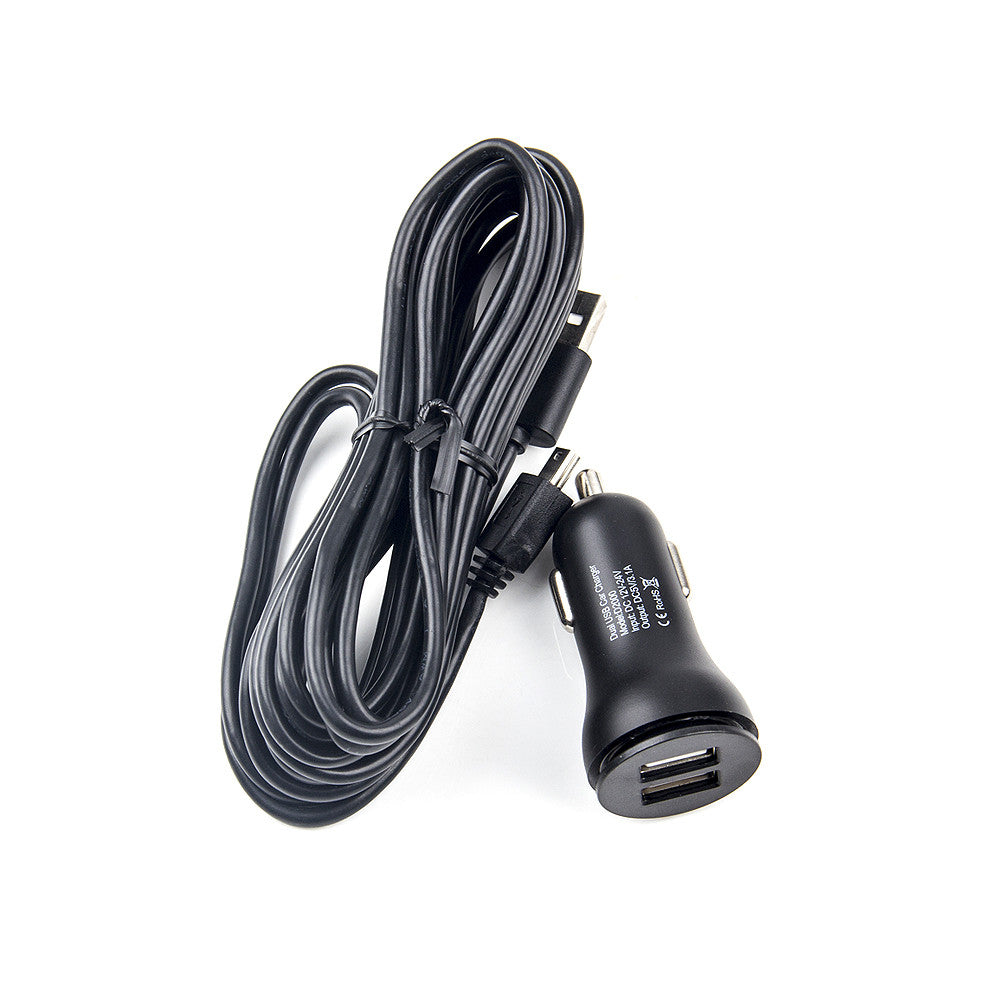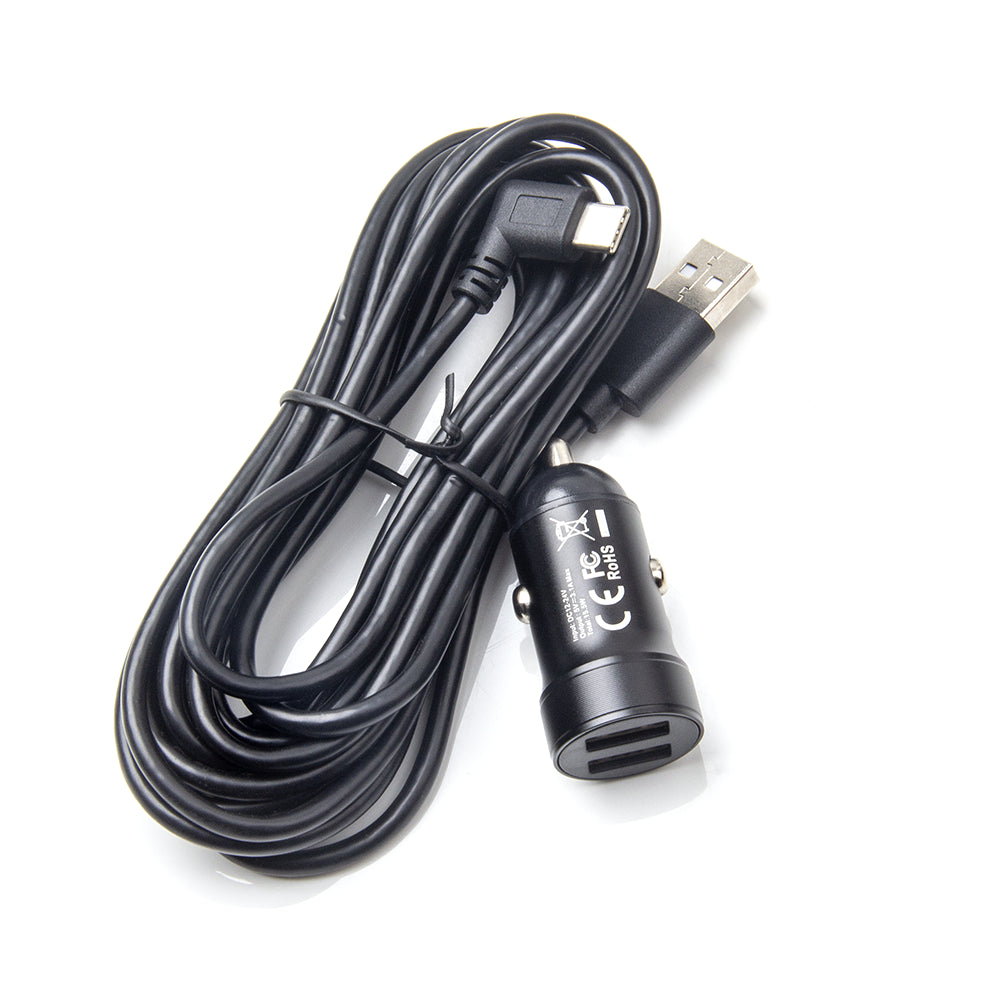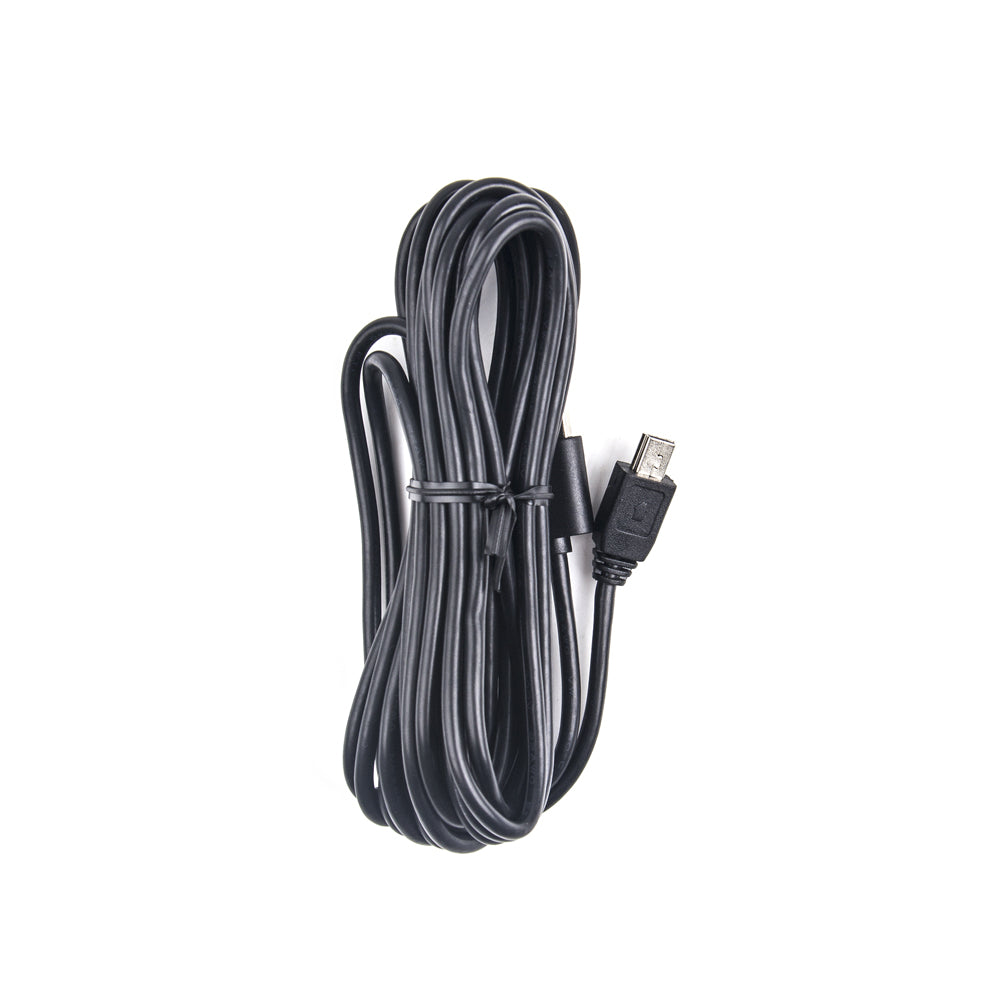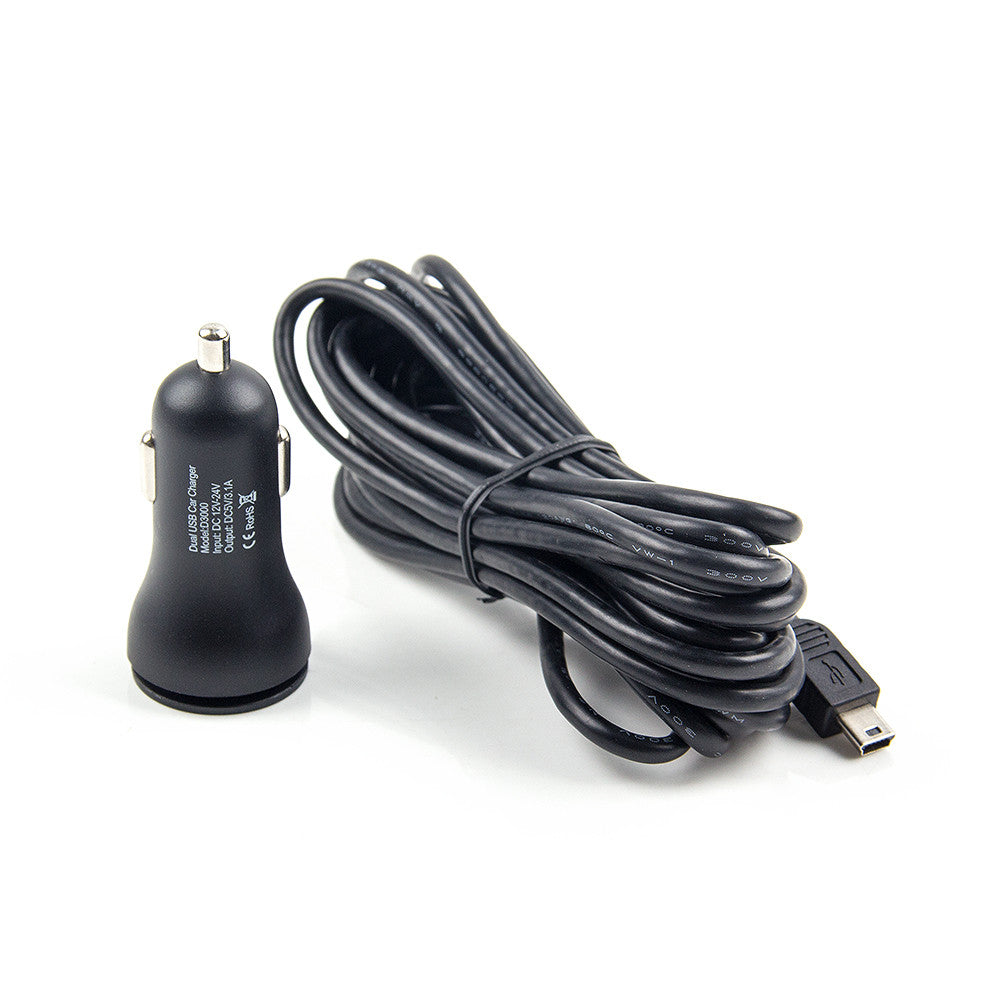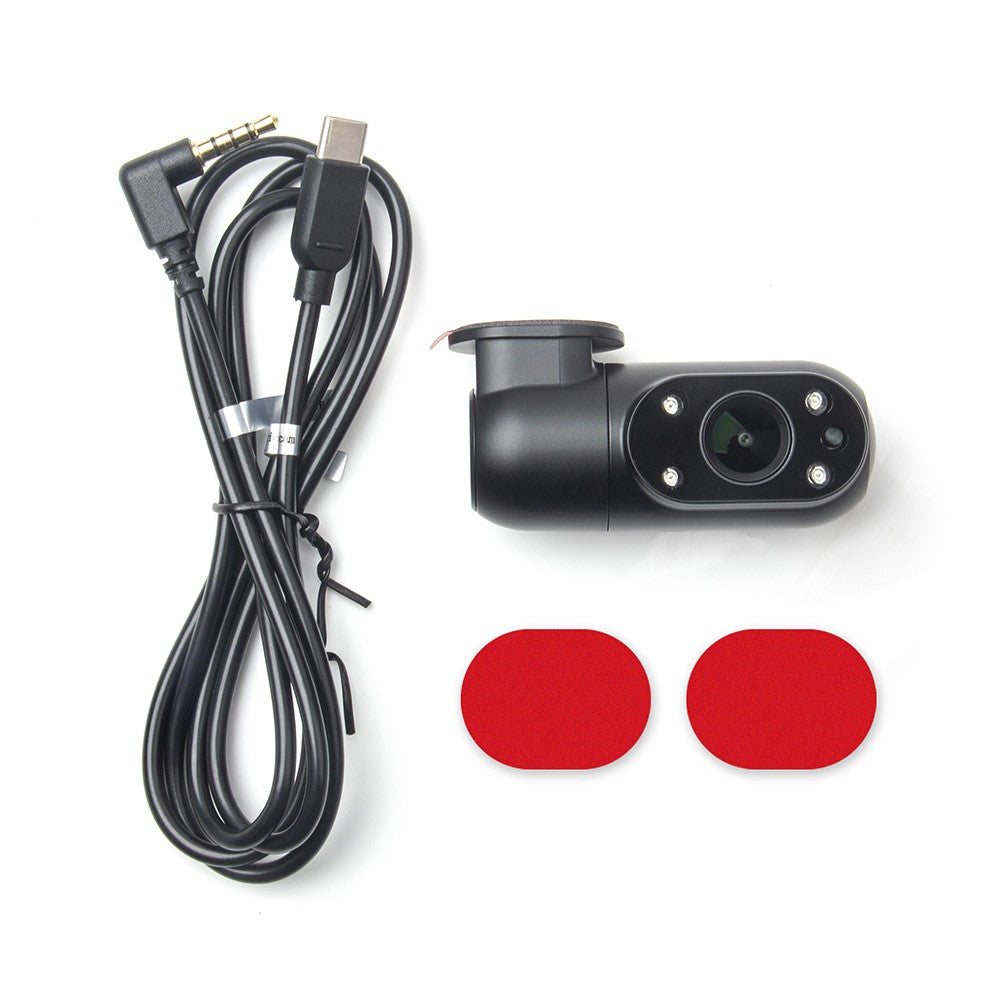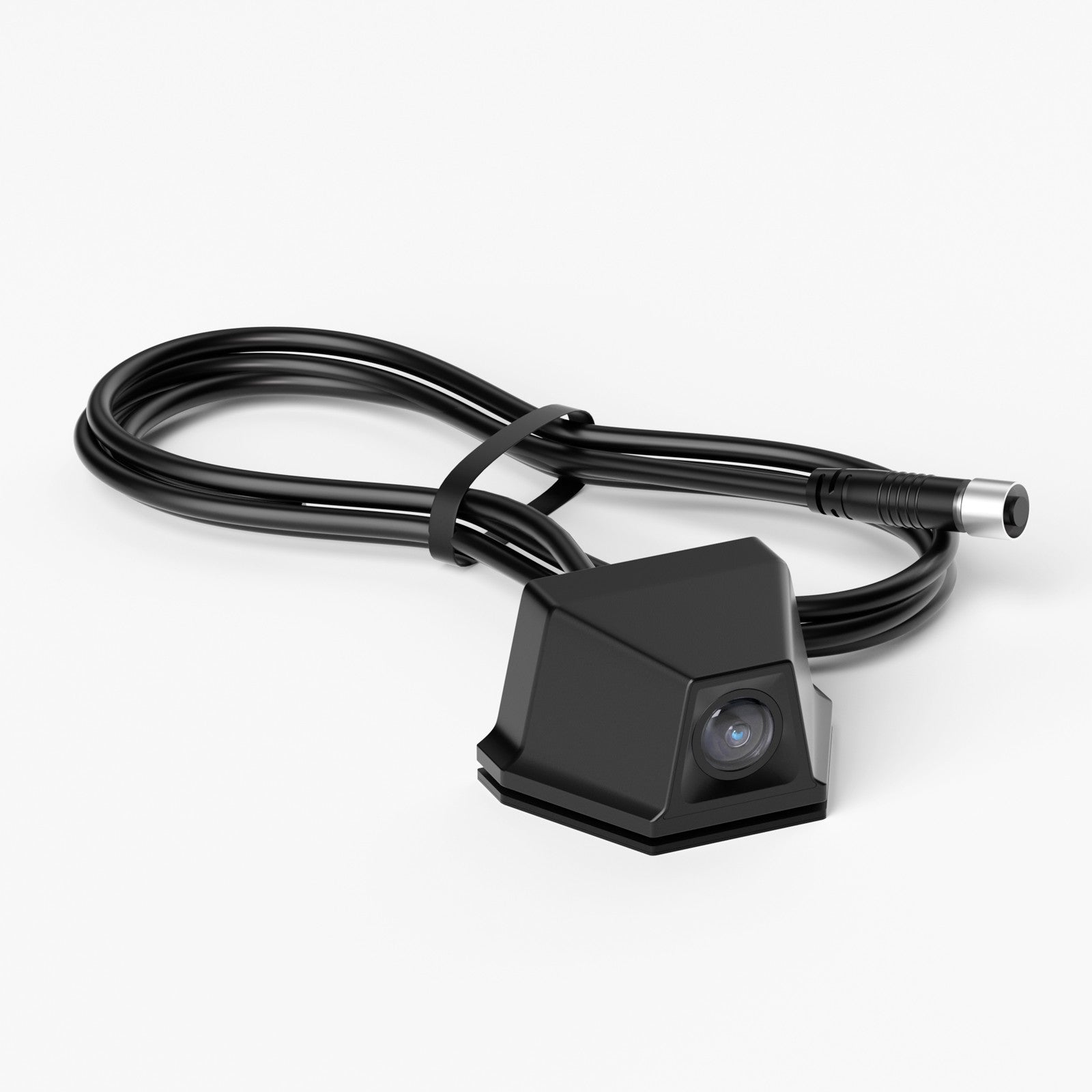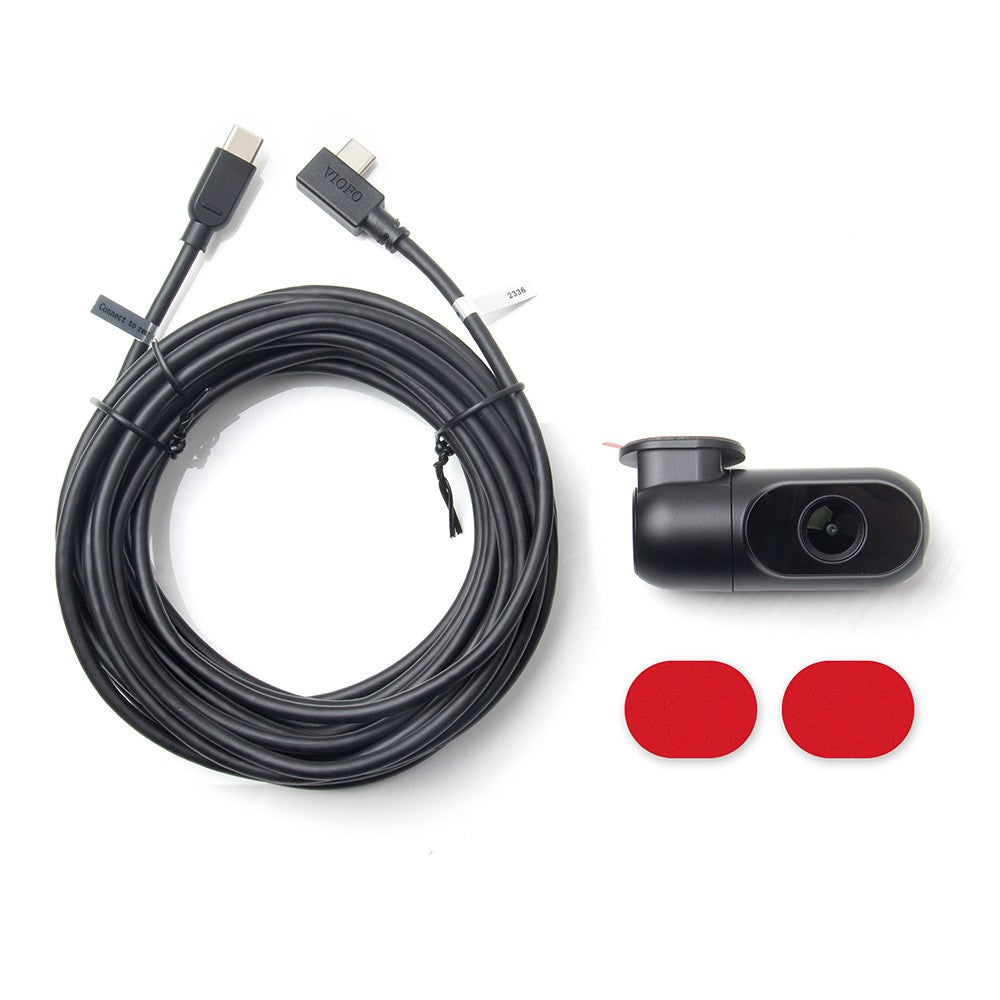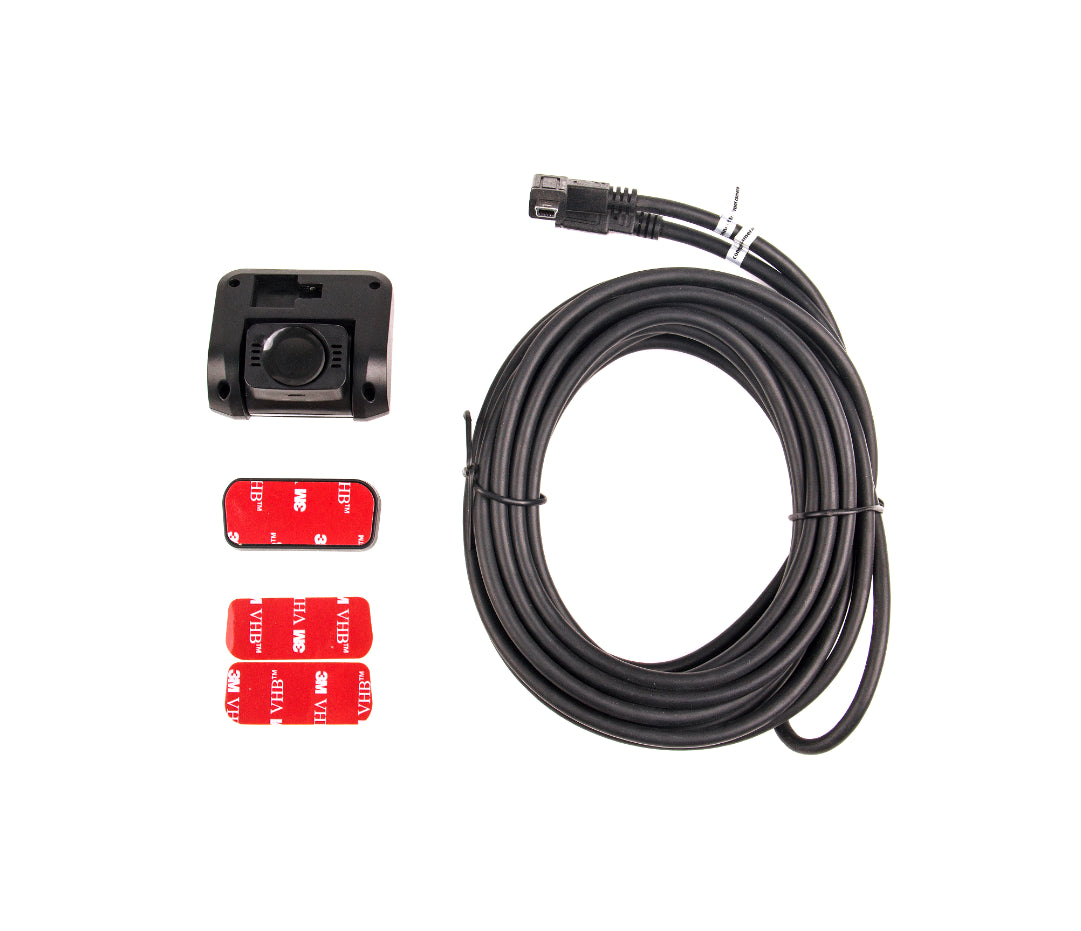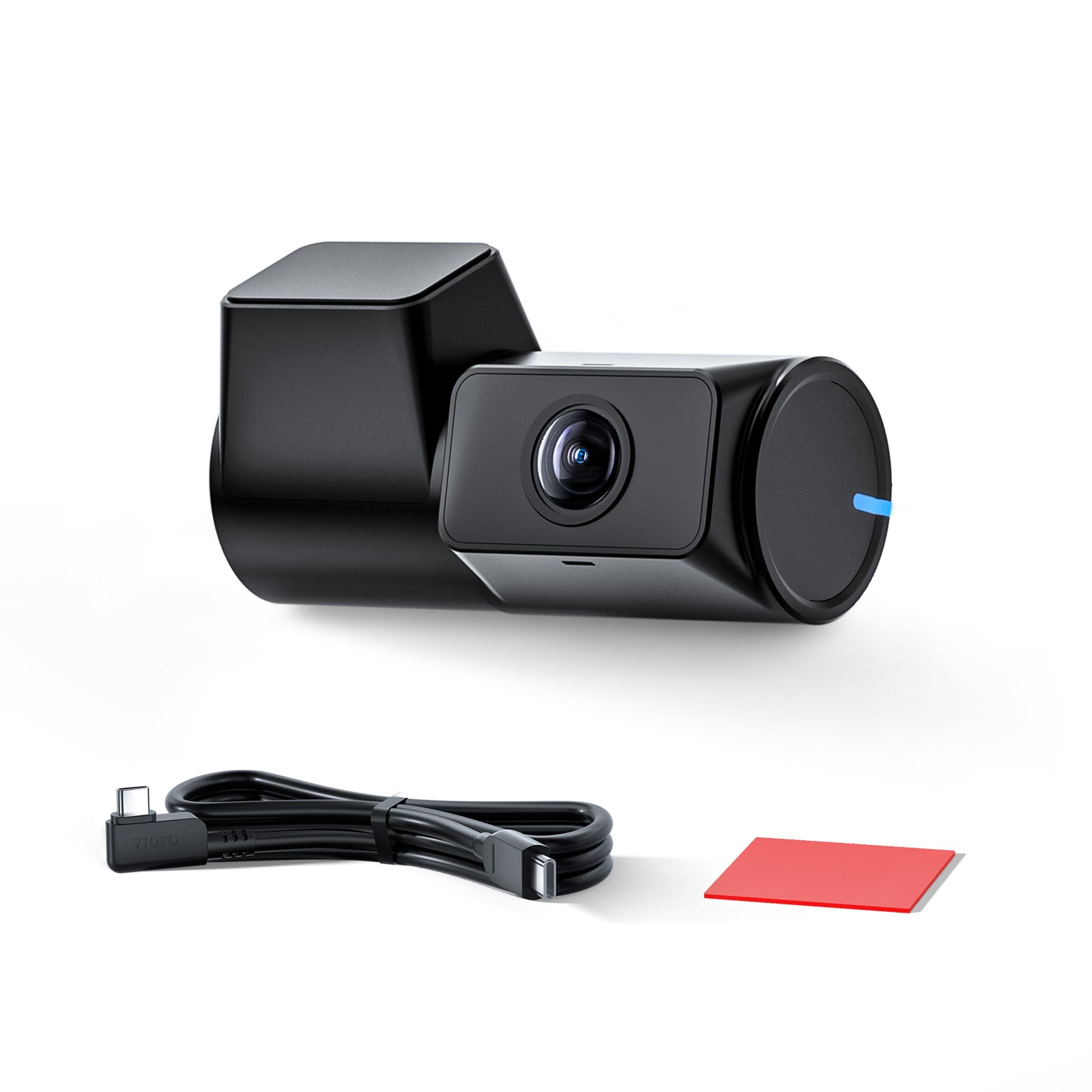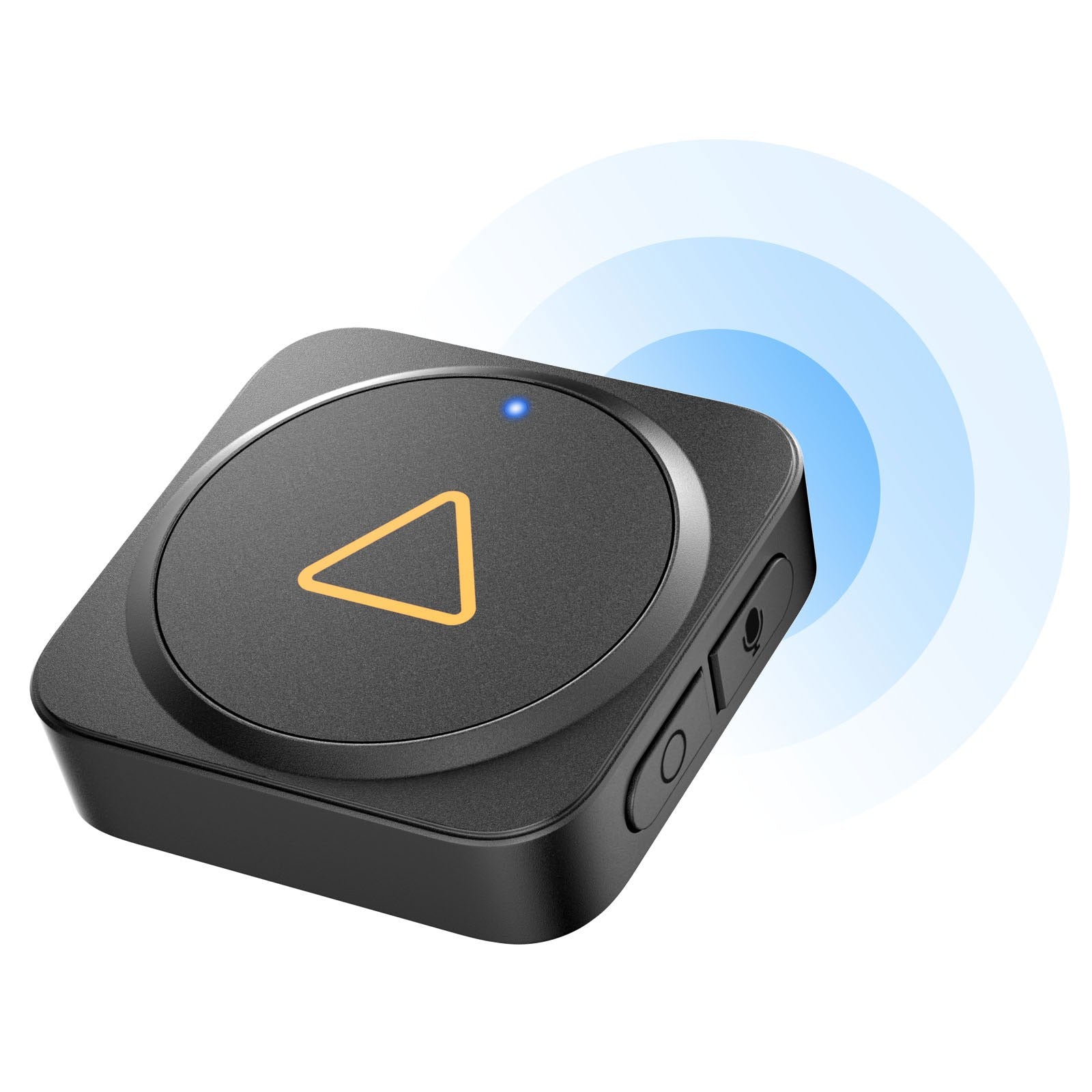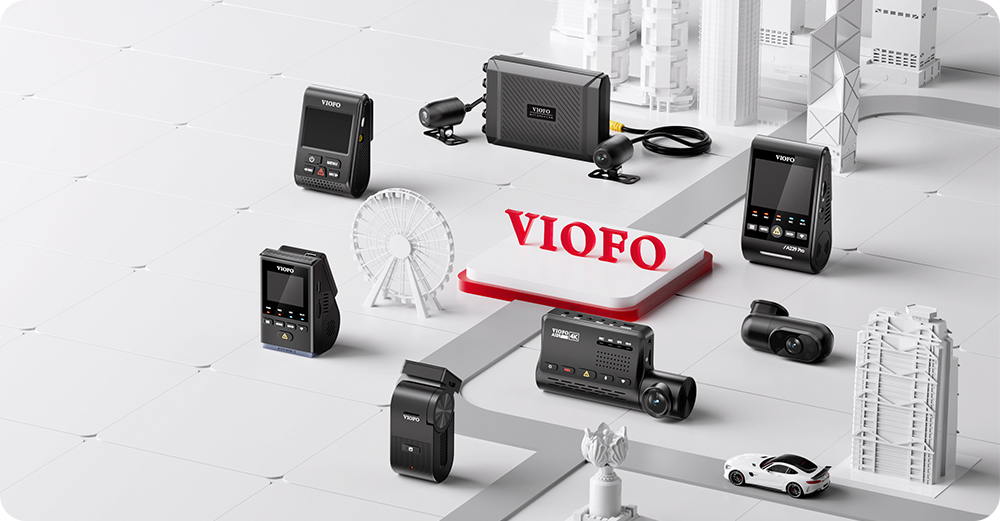Some users have expressed confusion about why our dash cams with Sony STARVIS 2 technology do not use Clear HDR. In this blog, we will answer your questions.
Sony's latest STARVIS 2 technology introduces the exciting Clear HDR feature, which effectively addresses image artifacts, a development that we are pleased about. However, through extensive testing and research, we have found that in the practical application of dash cams, DOL HDR outperforms Clear HDR.
Sony's official definitions of the two features, DOL HDR and Clear HDR, are as follows.
DOL HDR
When the digital-overlap (DOL) HDR feature is on, the image sensor captures two images in succession:one with a short exposure according to the bright region and the other with a long exposure adjusted to the dark region. HDR is realized by synthesizing these two images to complement one another.
However, this method involves a slight time lapse between the two shots and this can cause some artifacts, such as a blurred outline and chromatic aberration, if the target is in fast motion.
Clear HDR
When the Clear HDR feature is on, the image sensor captures two images simultaneously, one with a low gain level set to the bright region and the other with a high gain level adjusted to the dark region. The images are then synthesized.
This method has the advantage of delivering images of a moving target without chromatic aberration and other artifacts because the two images are captured at the same time.
We conducted extensive video recording tests using the A139 PRO and A119 MINI 2 dash cams to evaluate these two HDR features. The results revealed that DOL HDR is superior to Clear HDR in terms of license plate clarity and image quality under low-light conditions.
The working principle of DOL HDR involves capturing a short-exposure image followed by a long-exposure image, which are then overlapped and synthesized. Due to the time lapse between the two exposure images, artifacts may occur. However, under short-exposure conditions, it can capture license plates more clearly, even in motion.
Clear HDR works by simultaneously capturing a low-gain image in bright region and a high-gain image in dark region, which are then overlapped and synthesized. This method effectively solves artifact issues, even in motion. However, the High Gain Technology causes more noise, especially in low-light conditions such as nighttime roadways, resulting in rough images.
The following is an image comparison of the two HDR features, clearly indicating that the Clear HDR image has more noise.

During nighttime road tests, the presence of high noise results in captured license plates appearing blurred. Consequently, for dash cams, while the Clear HDR feature can effectively solve image artifacts, it also brings more noise, thereby impacting the image quality and the clarity of captured license plates.

*Photo from Clear HDR Video

*Photo from DOL HDR Video
We have discovered some advantages of Clear HDR, and we will continue to test and optimize it in some new projects. VIOFO is committed to providing high-quality dashcams for users and excellent customer service to meet their needs. Looking forward to the future product release with Clear HDR tailored specifically for dash cams, aiming to further enhance user experience.

